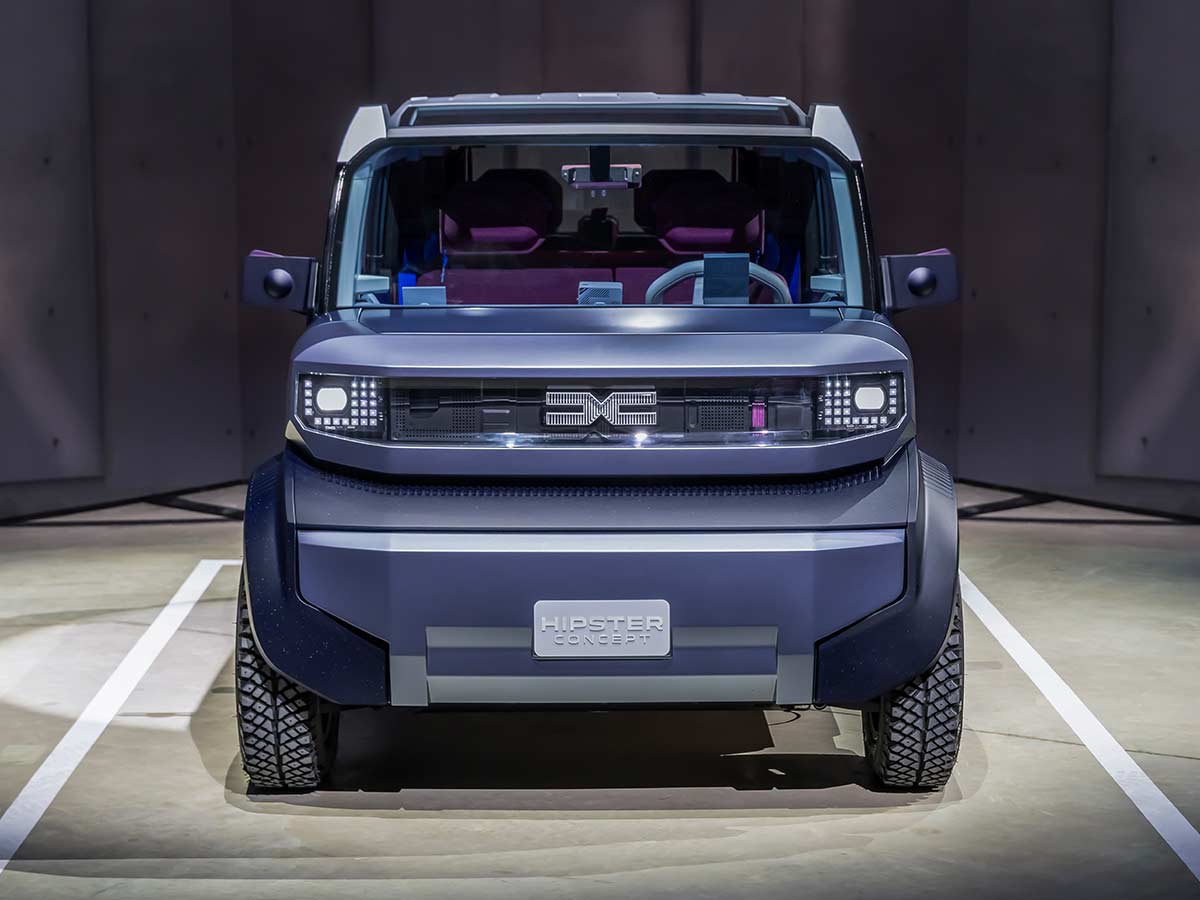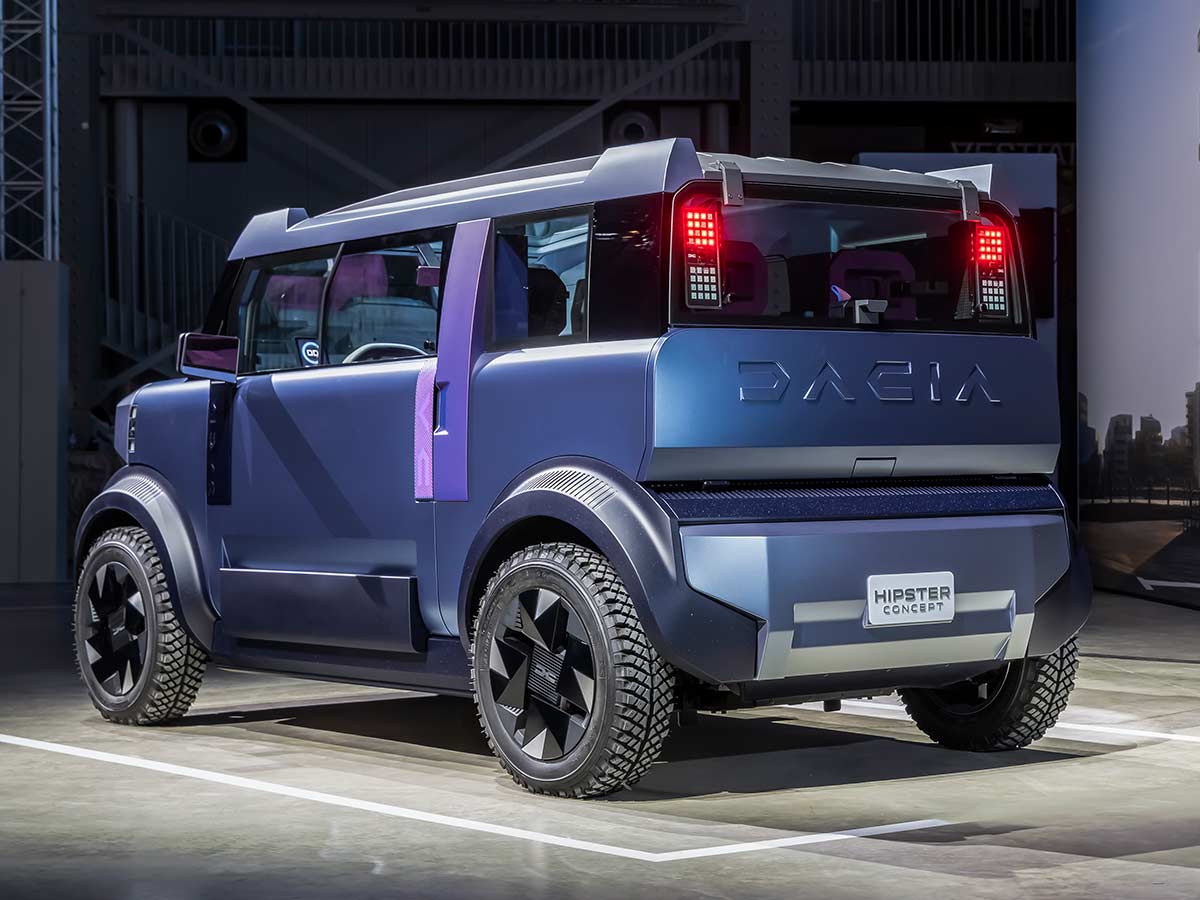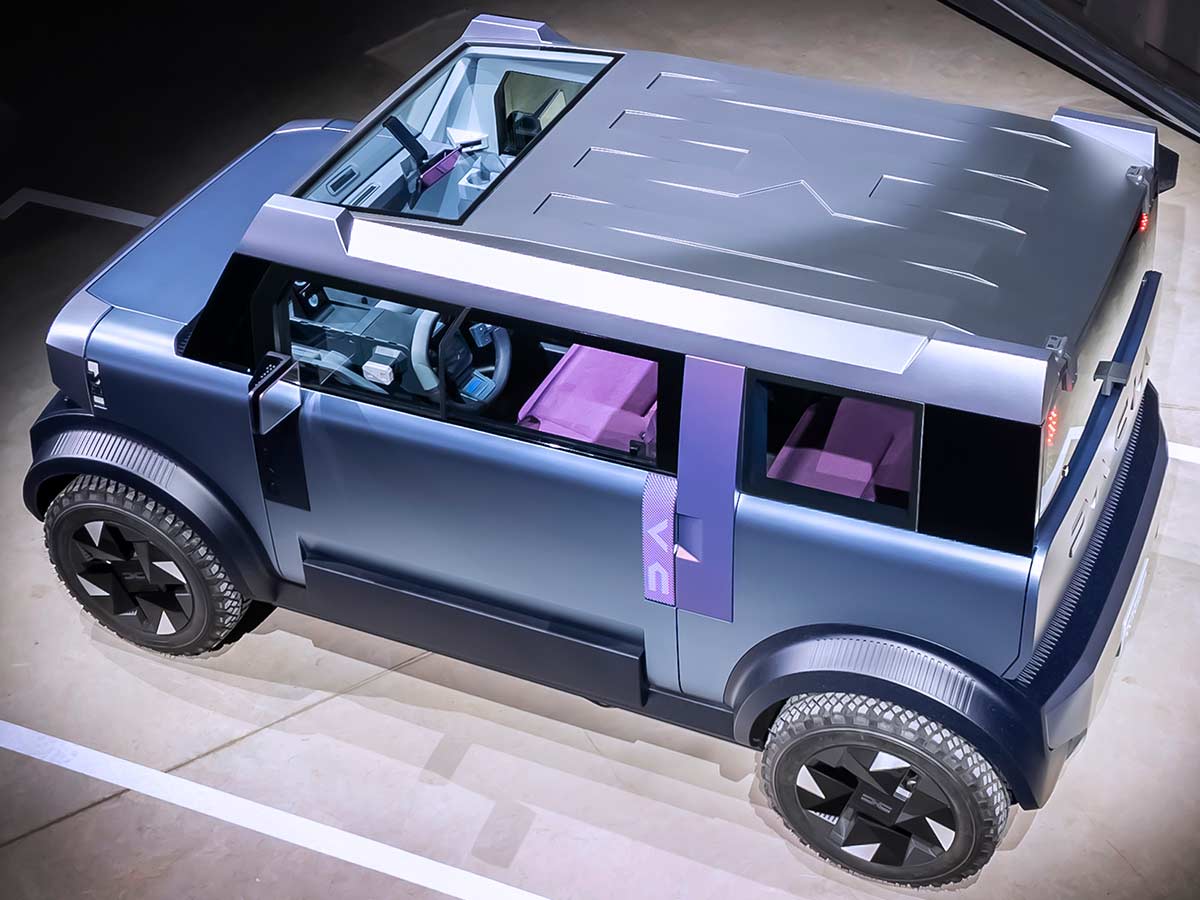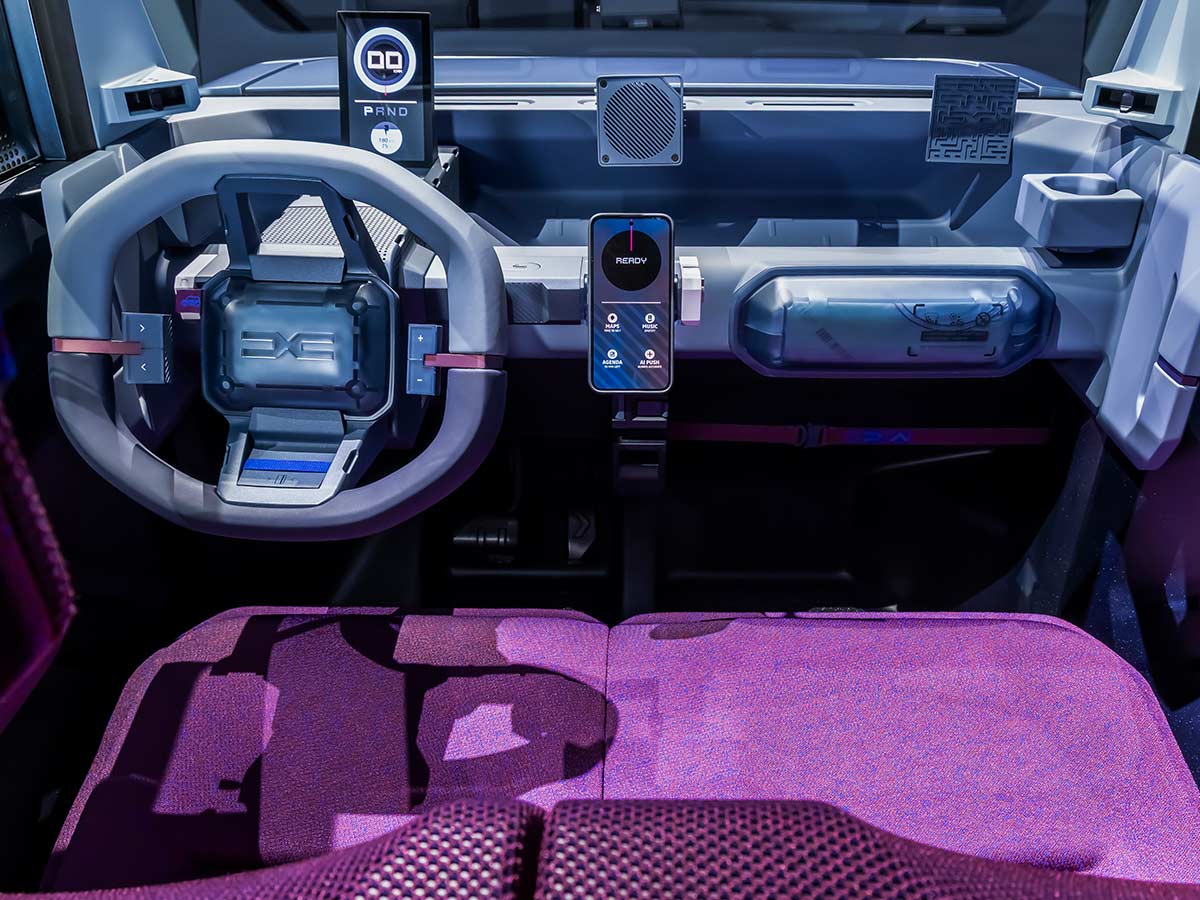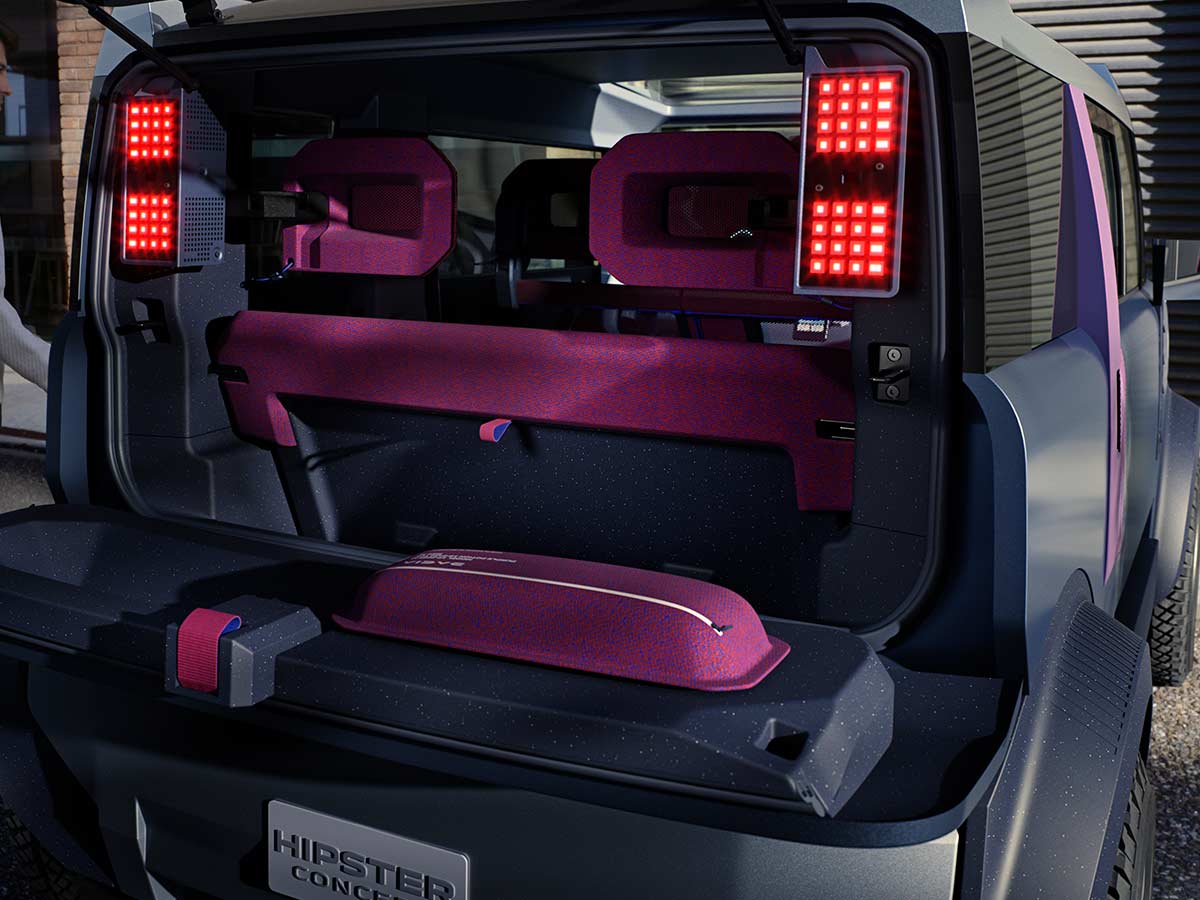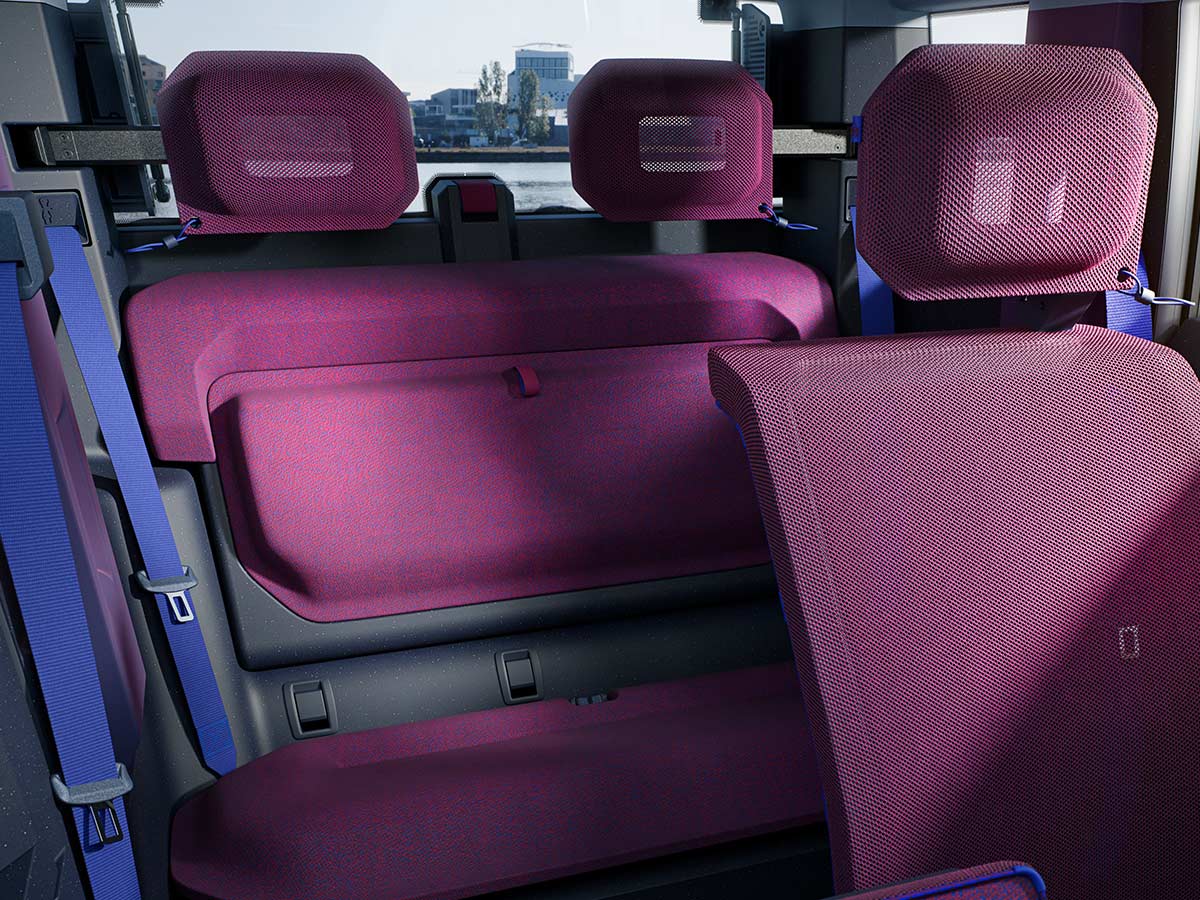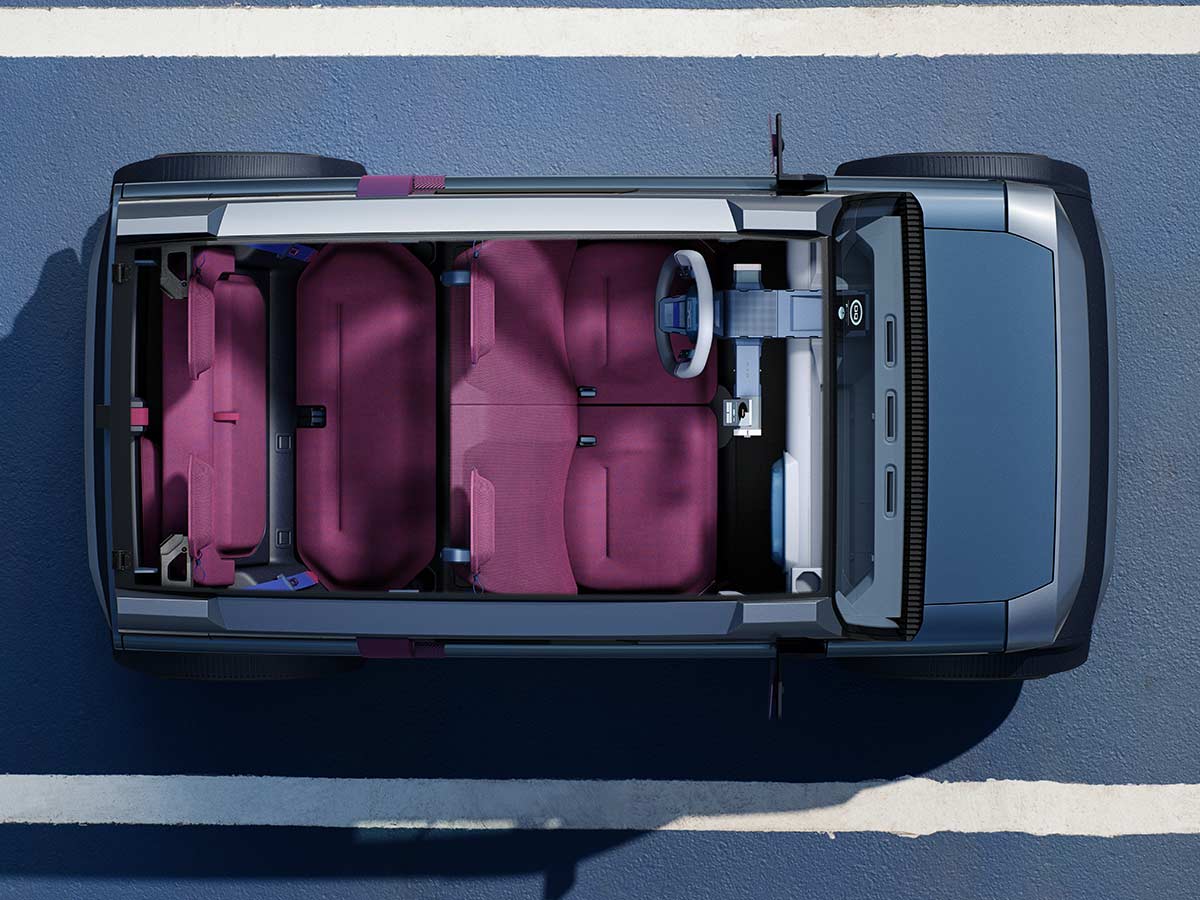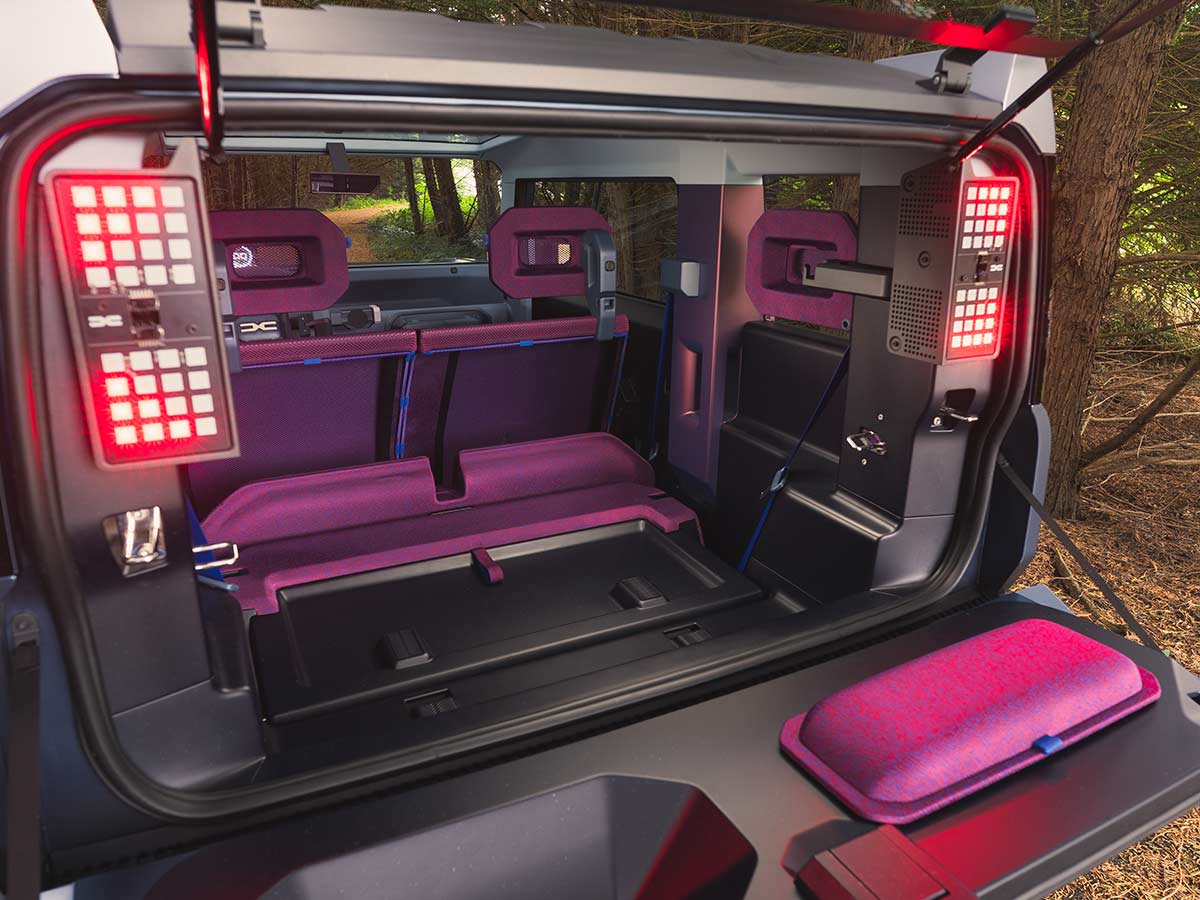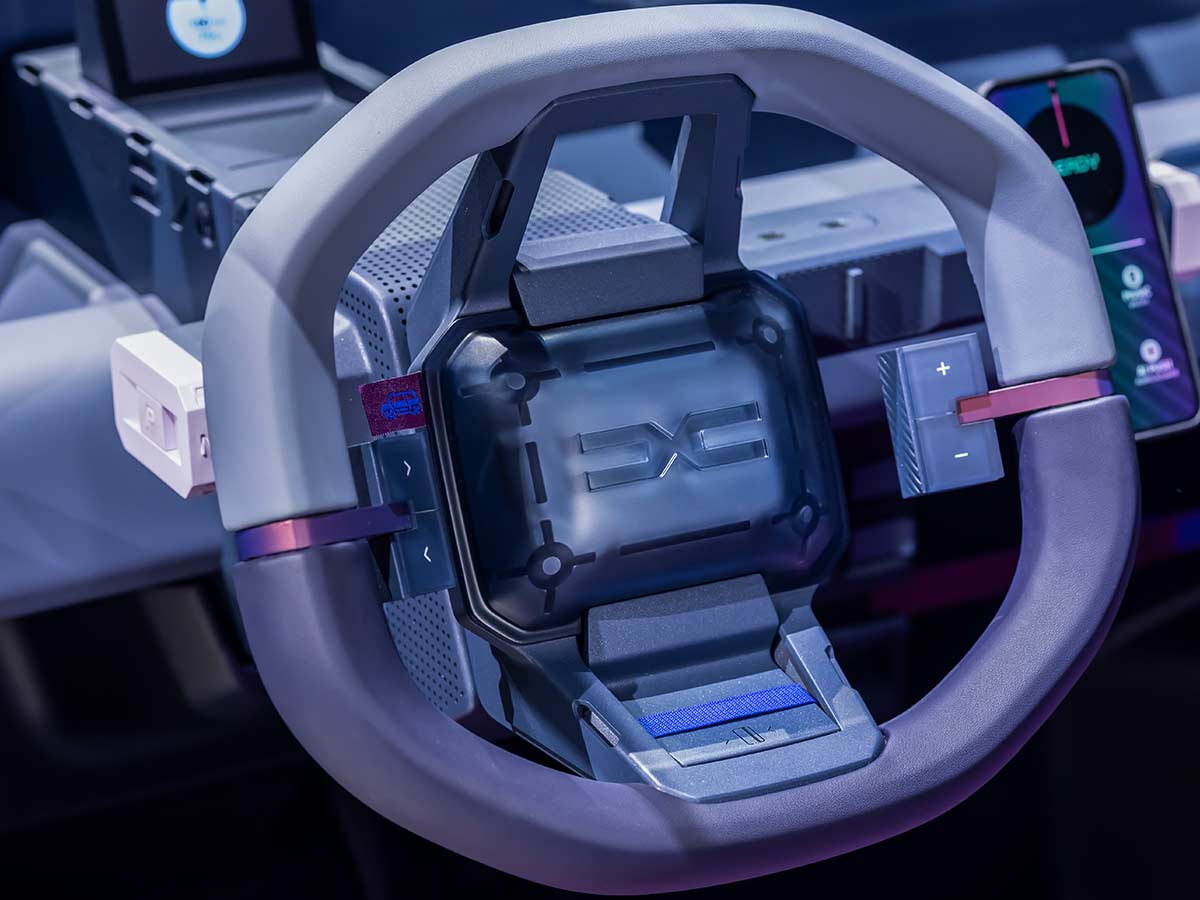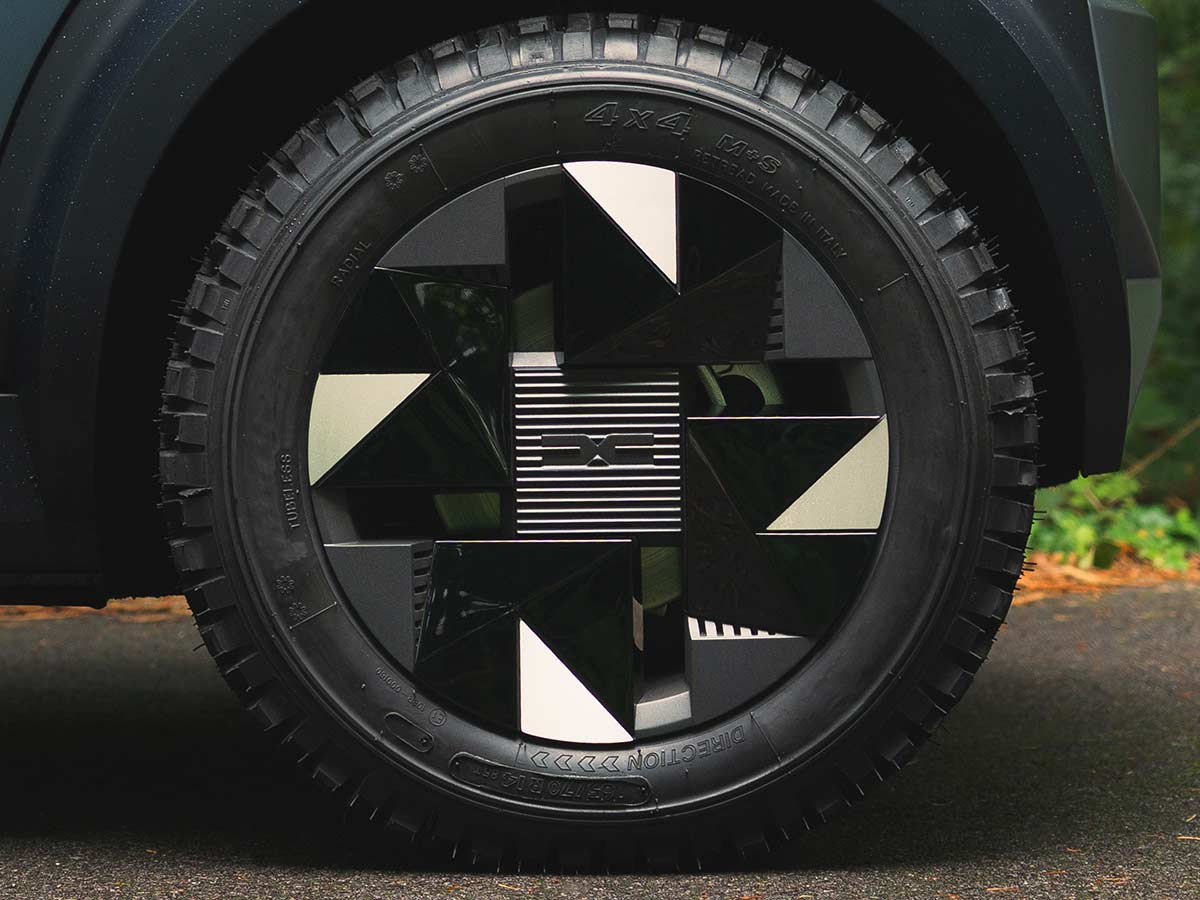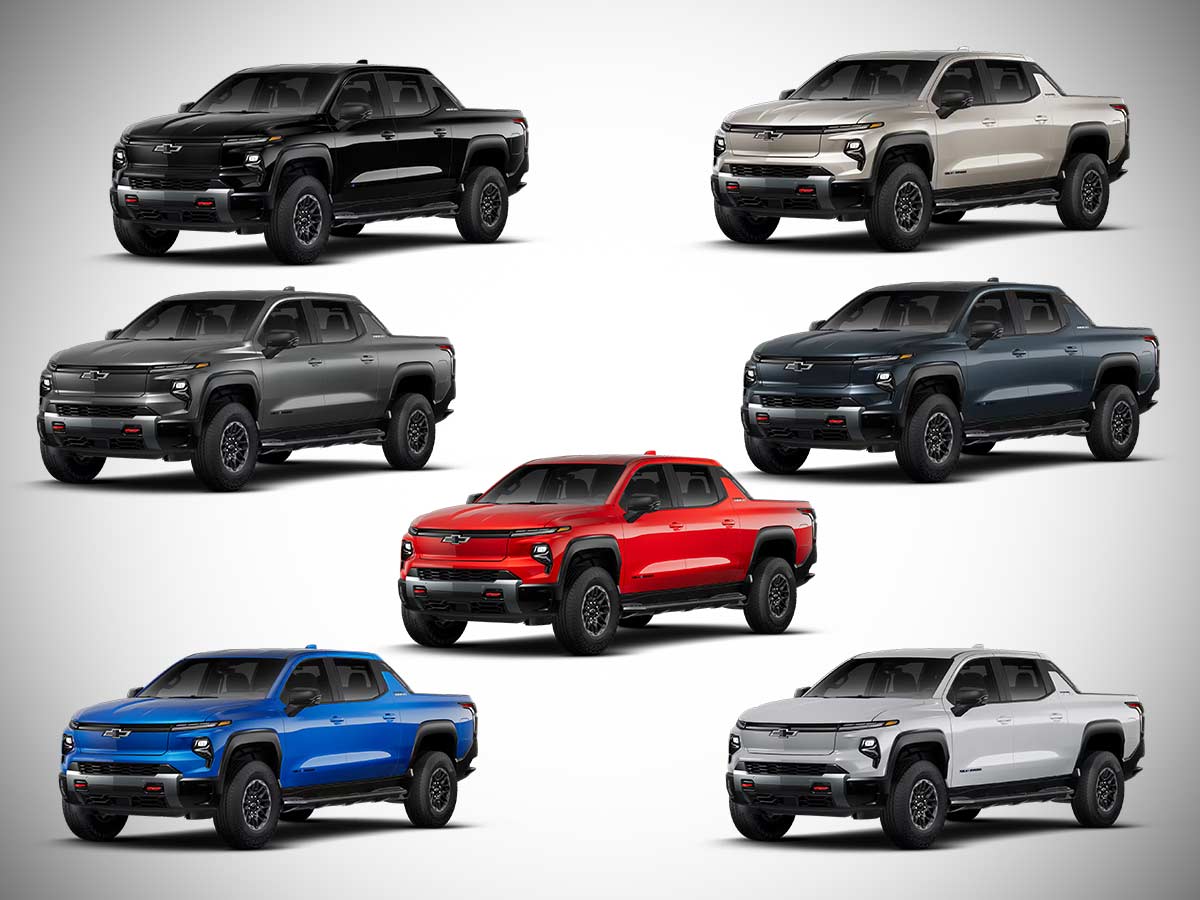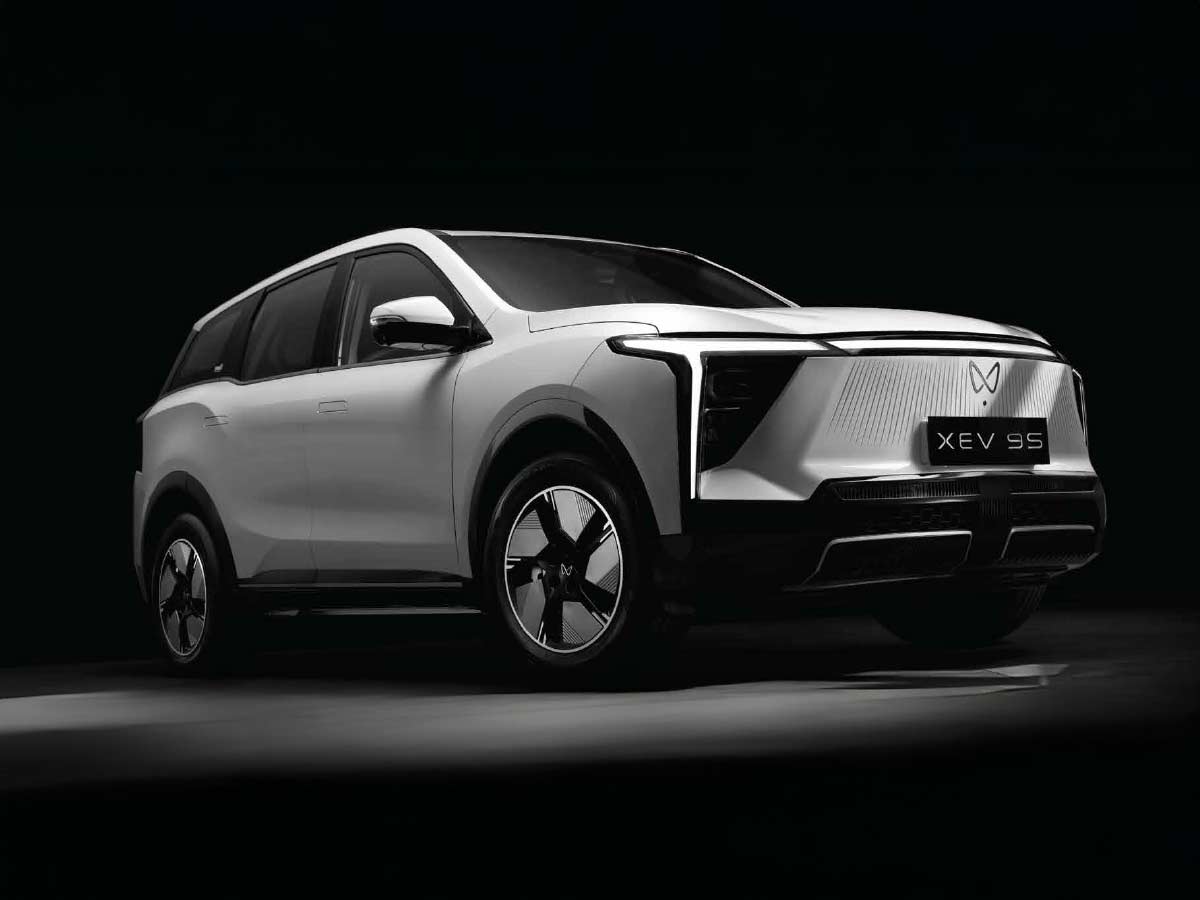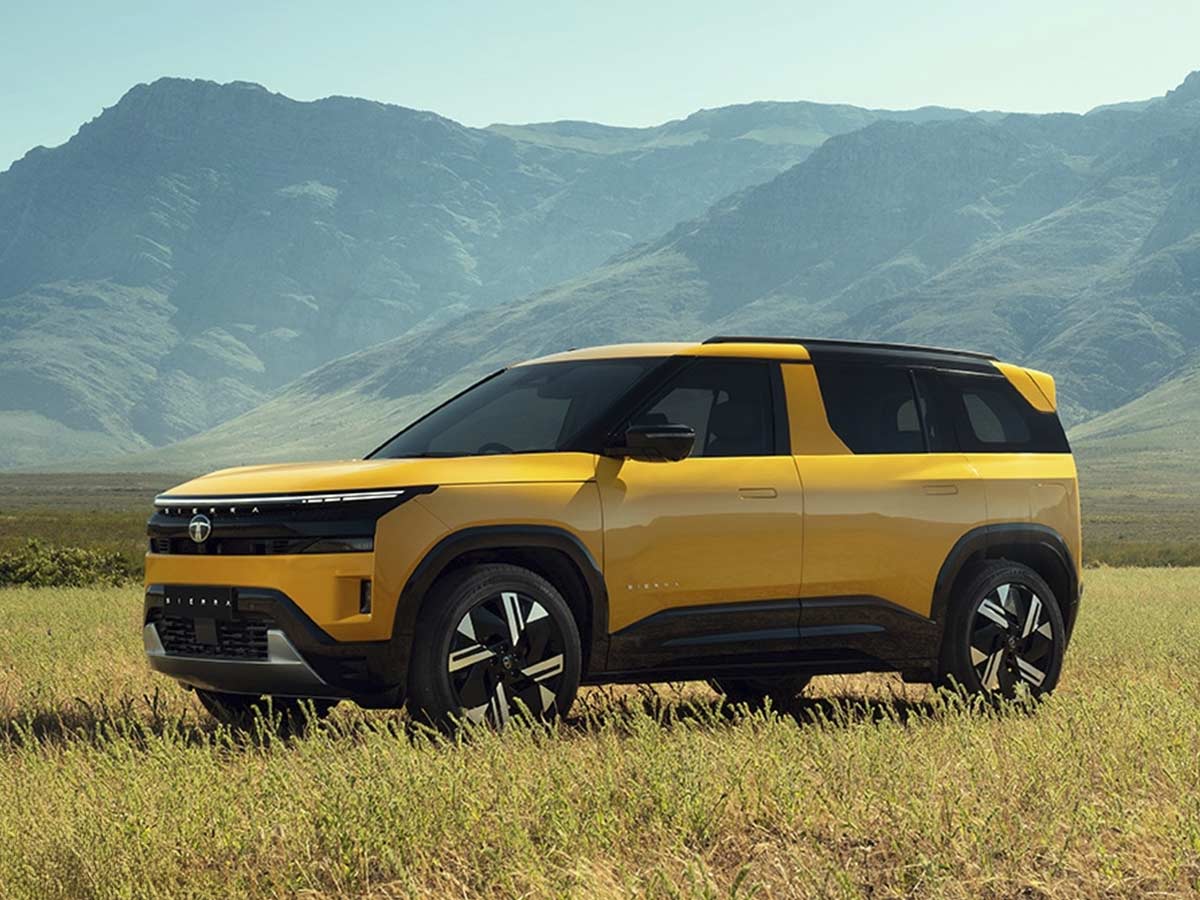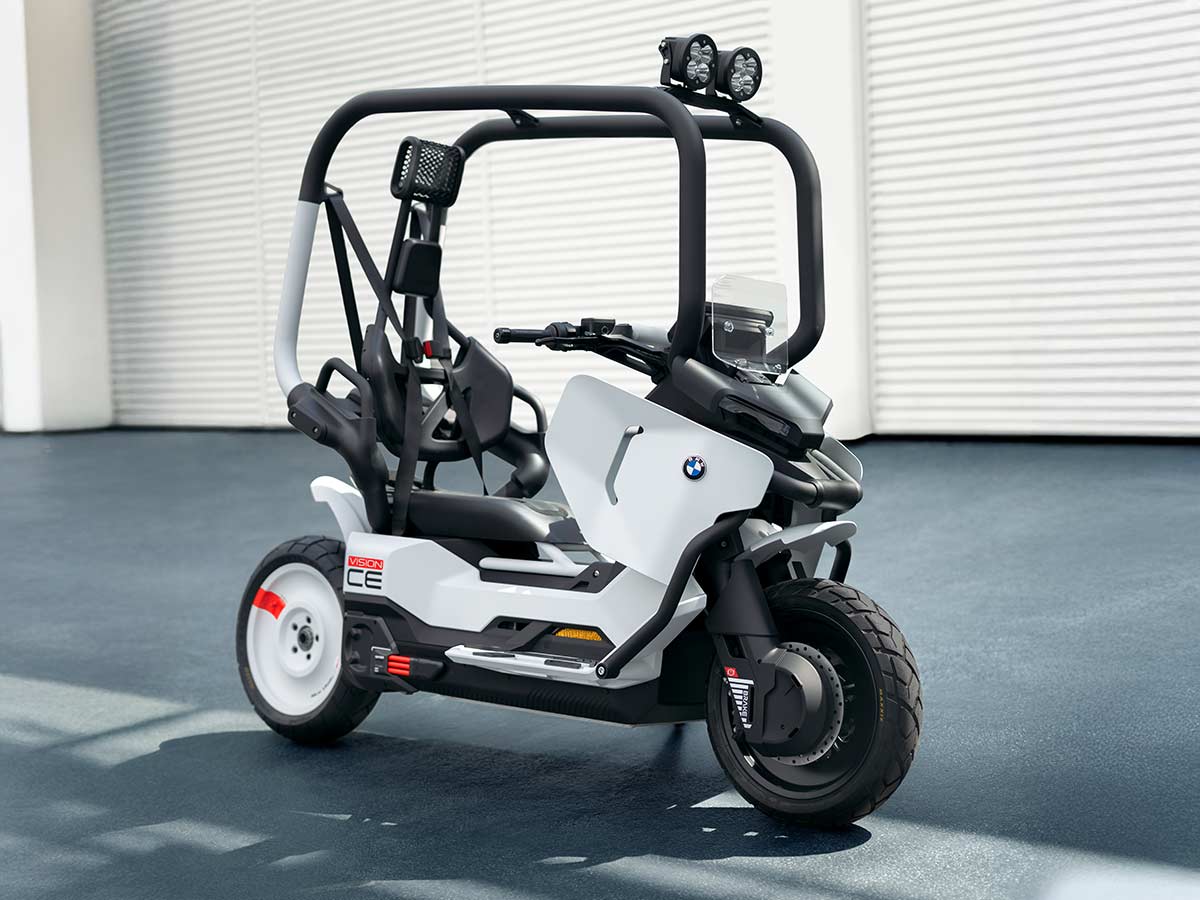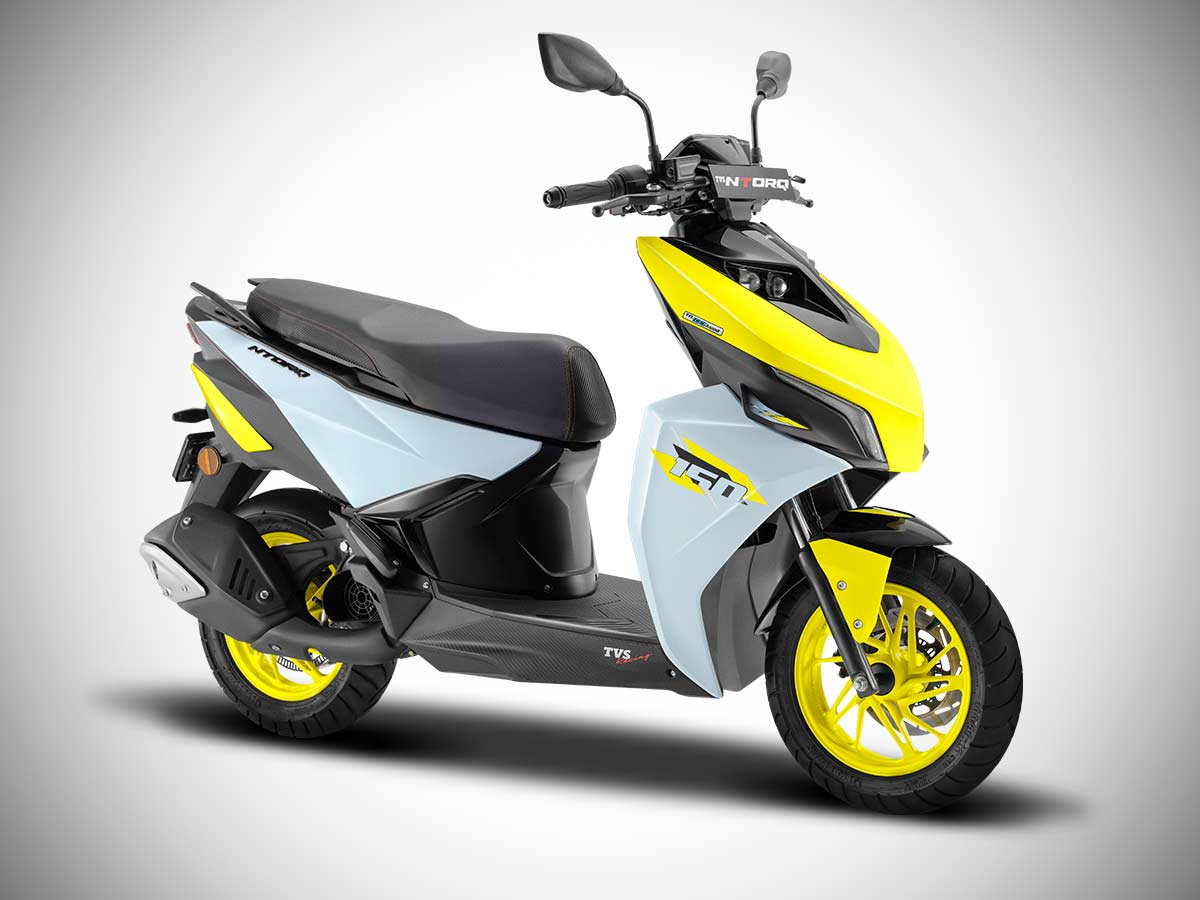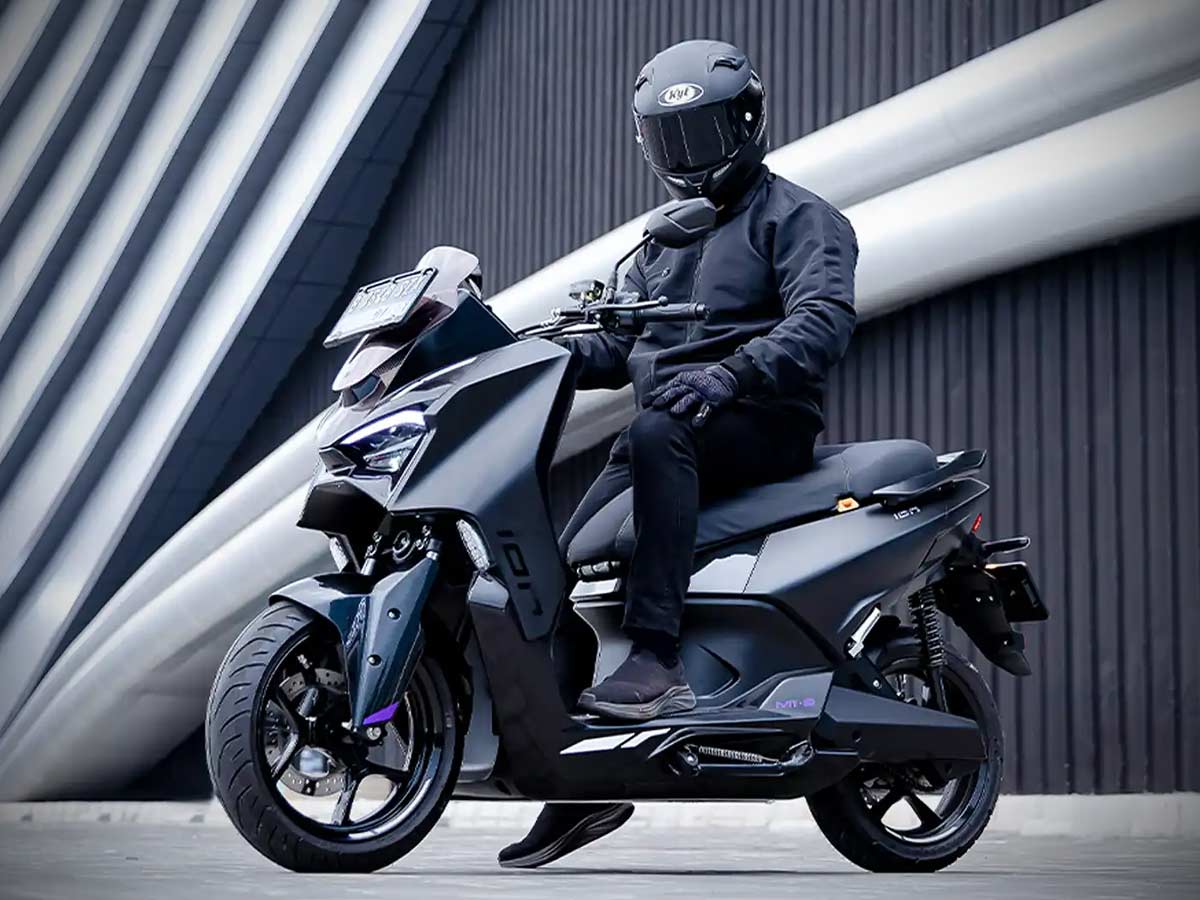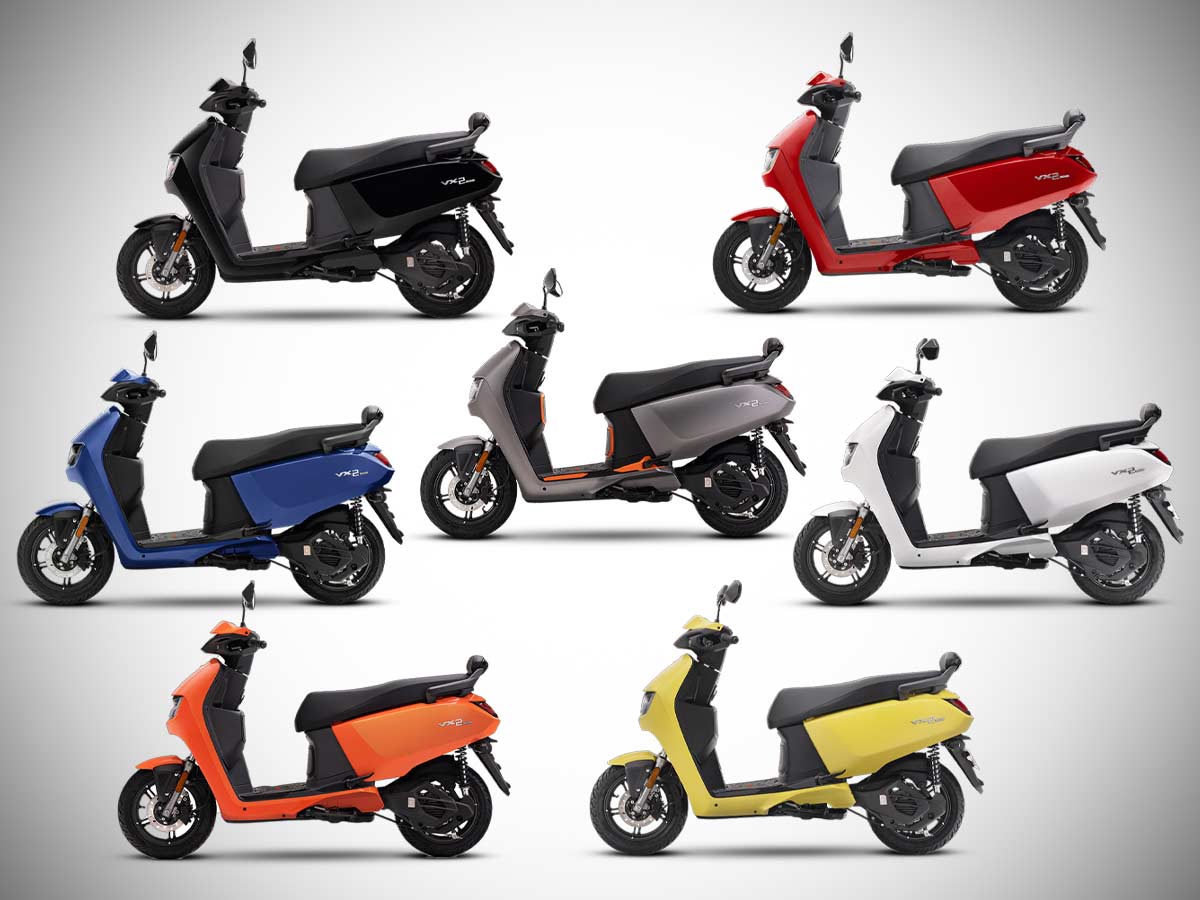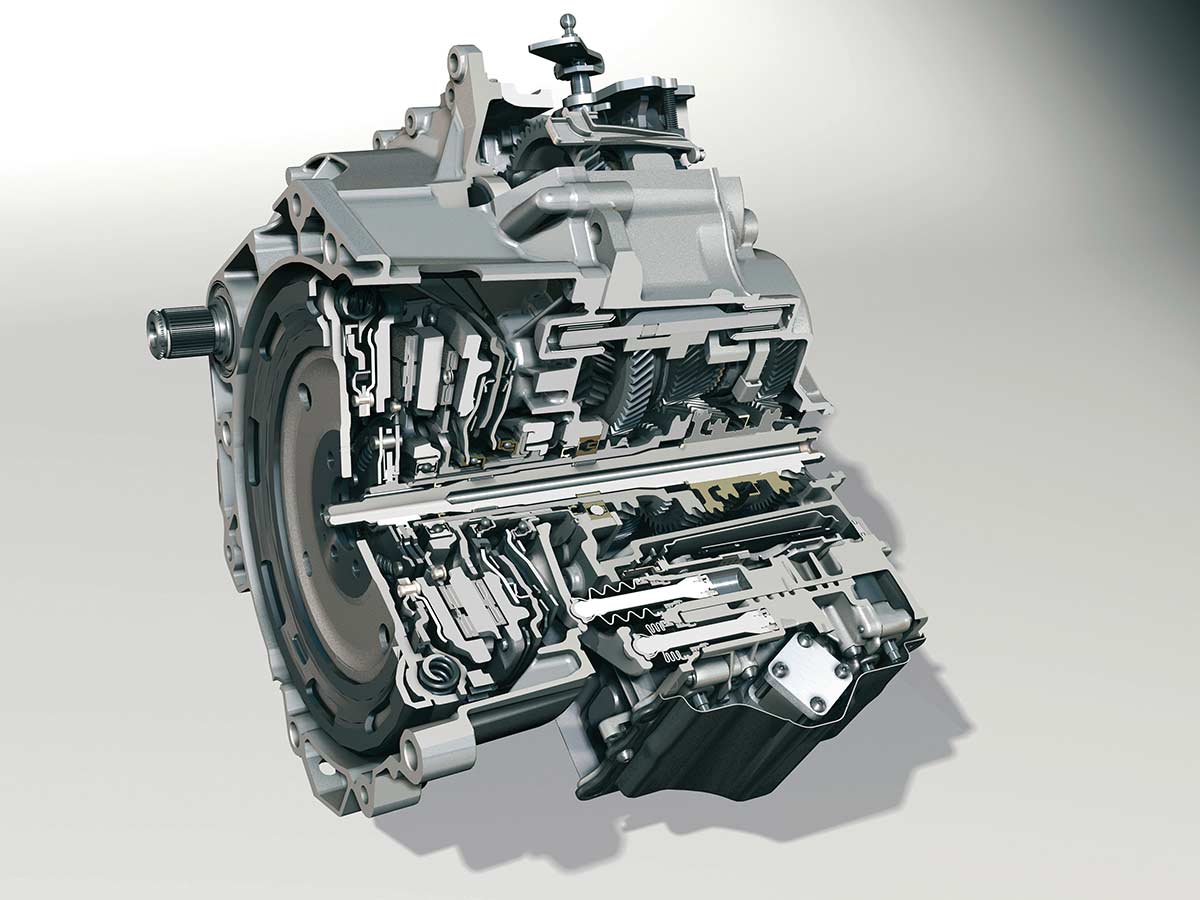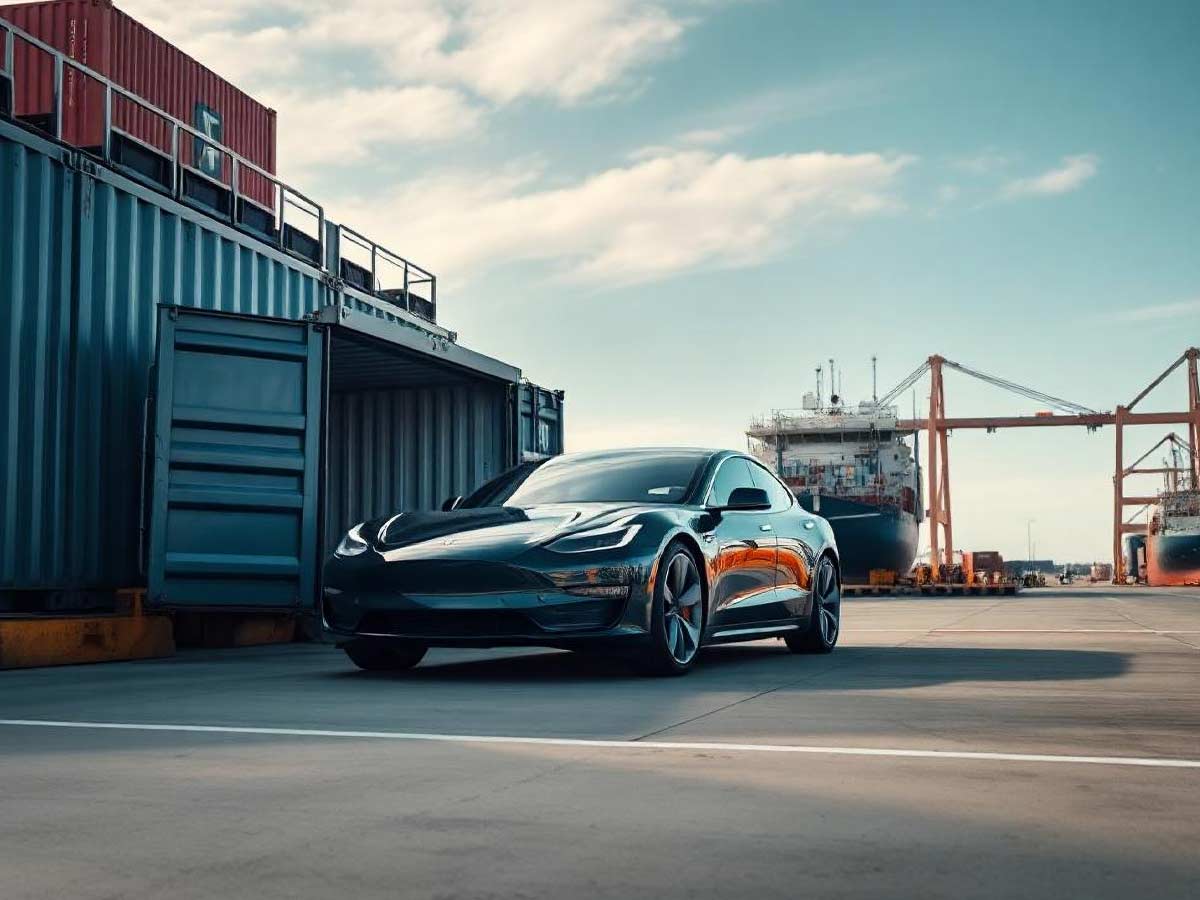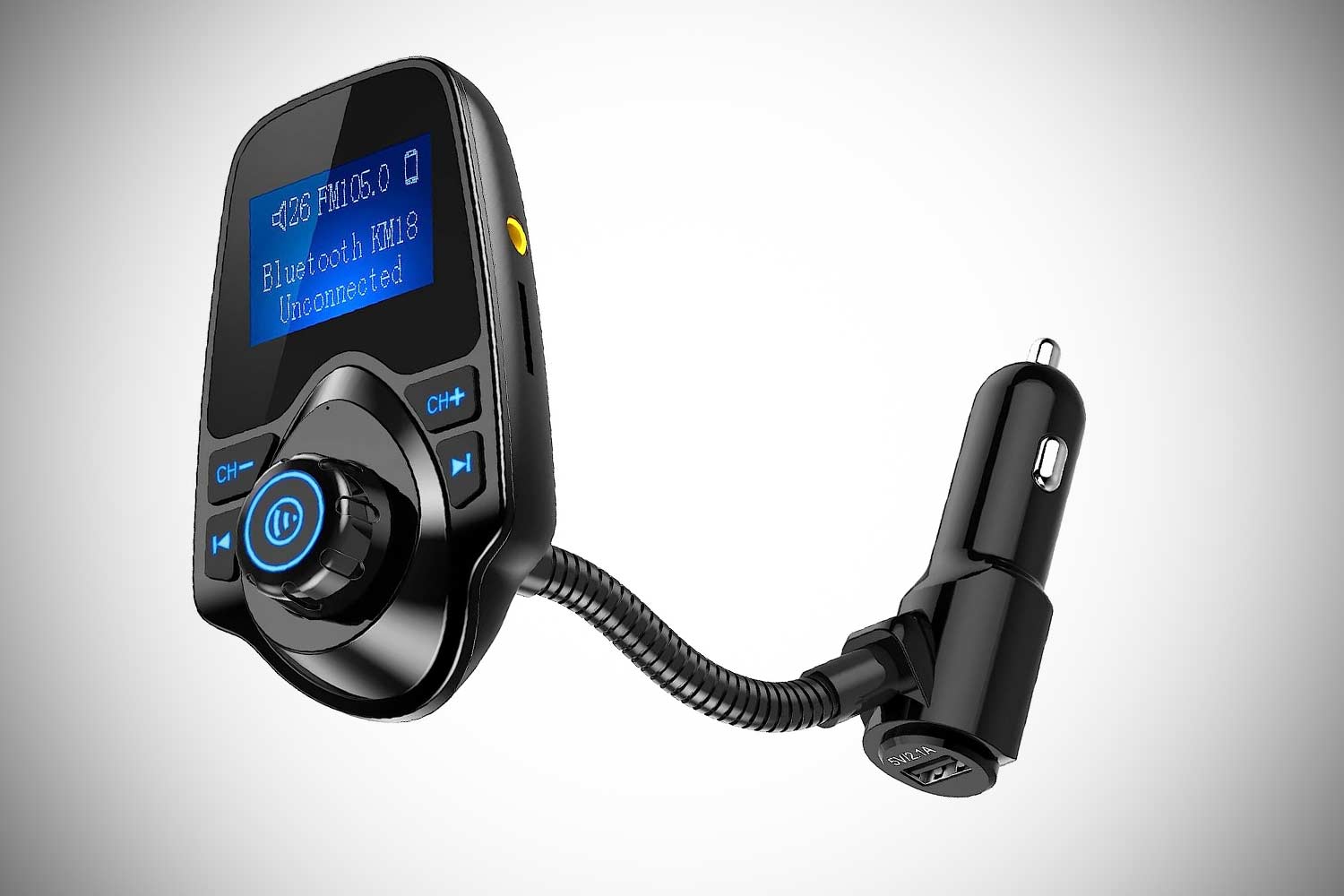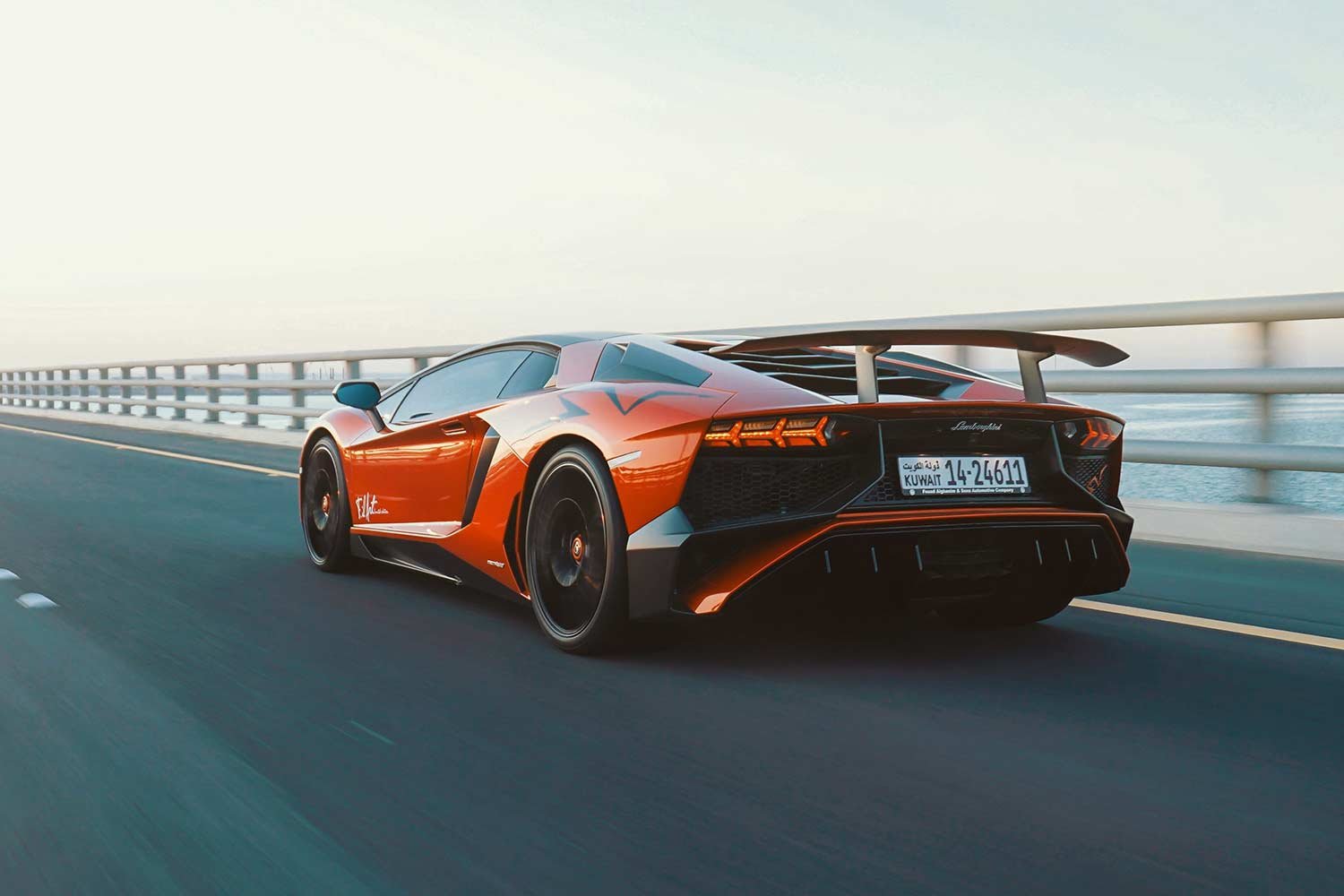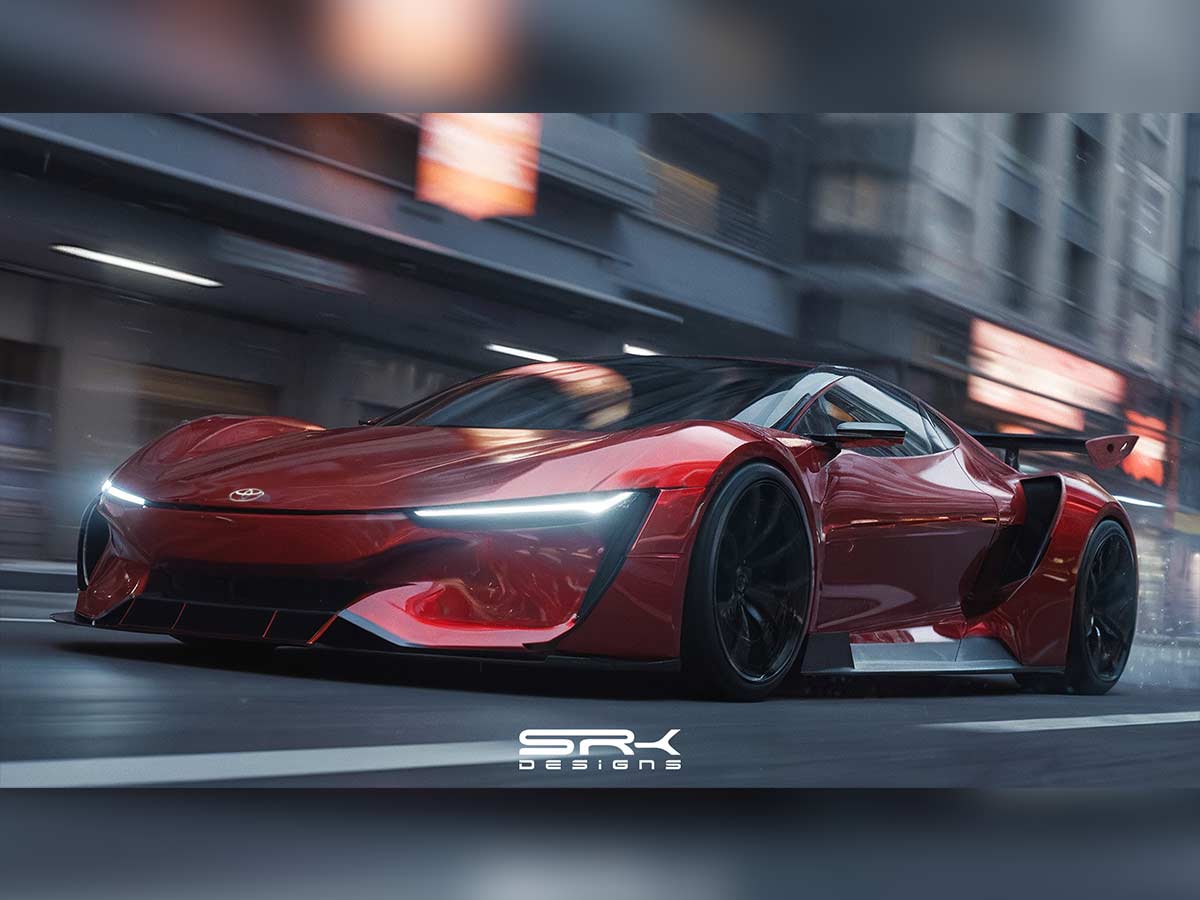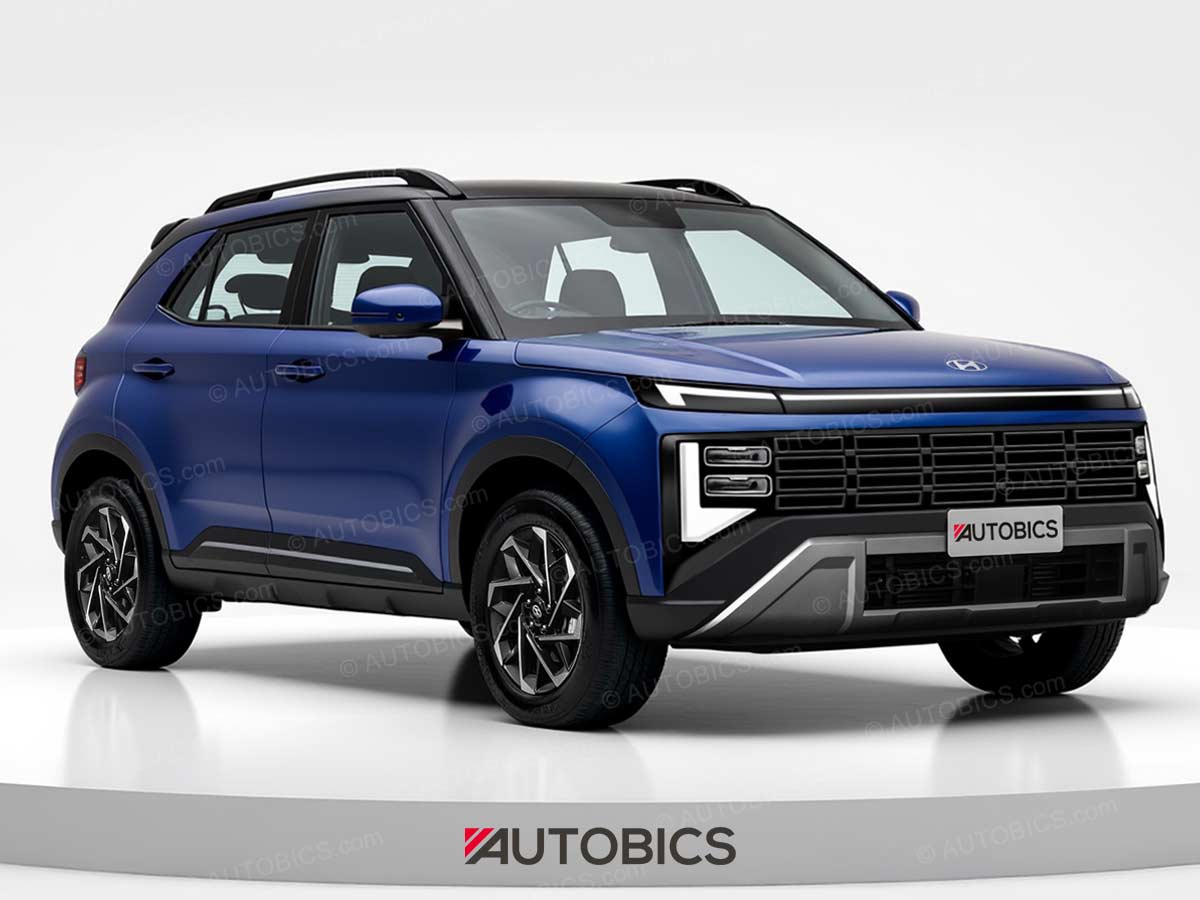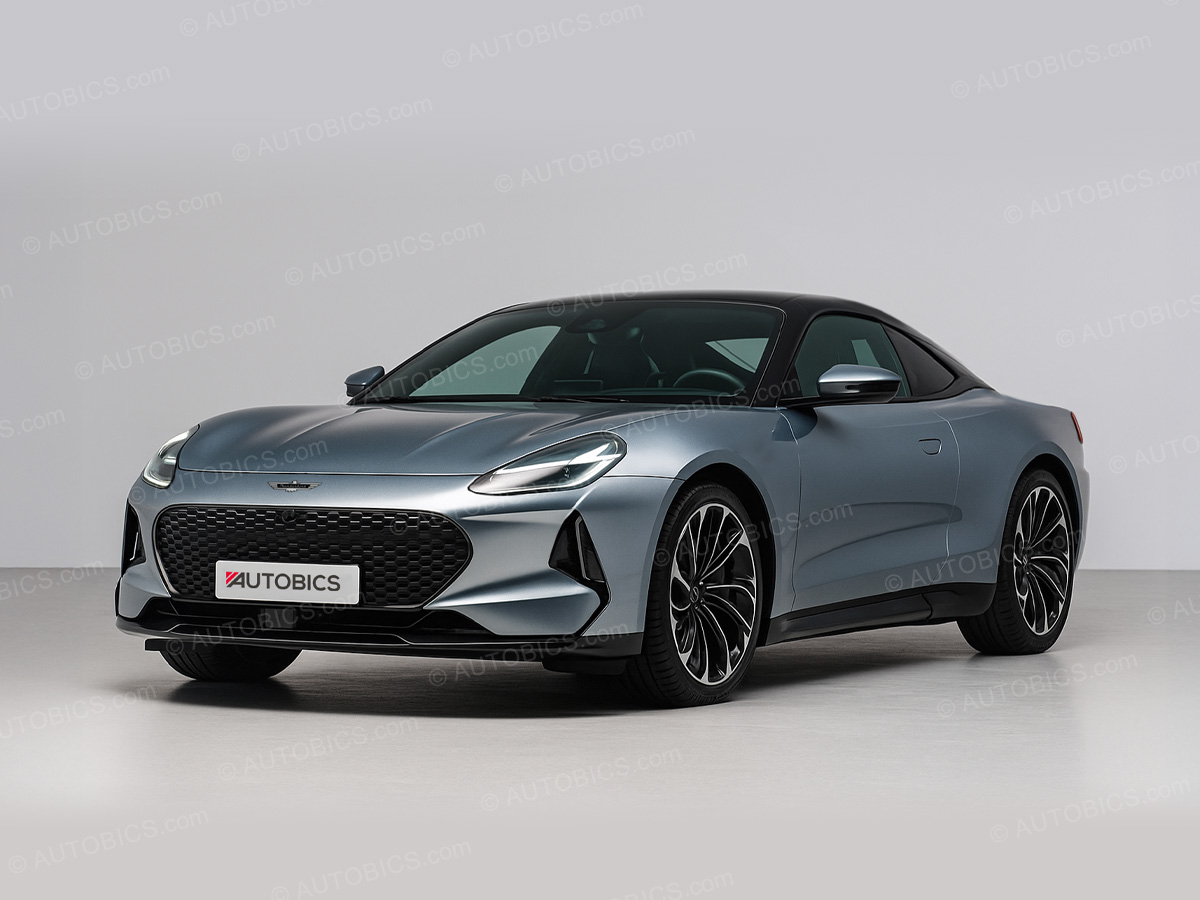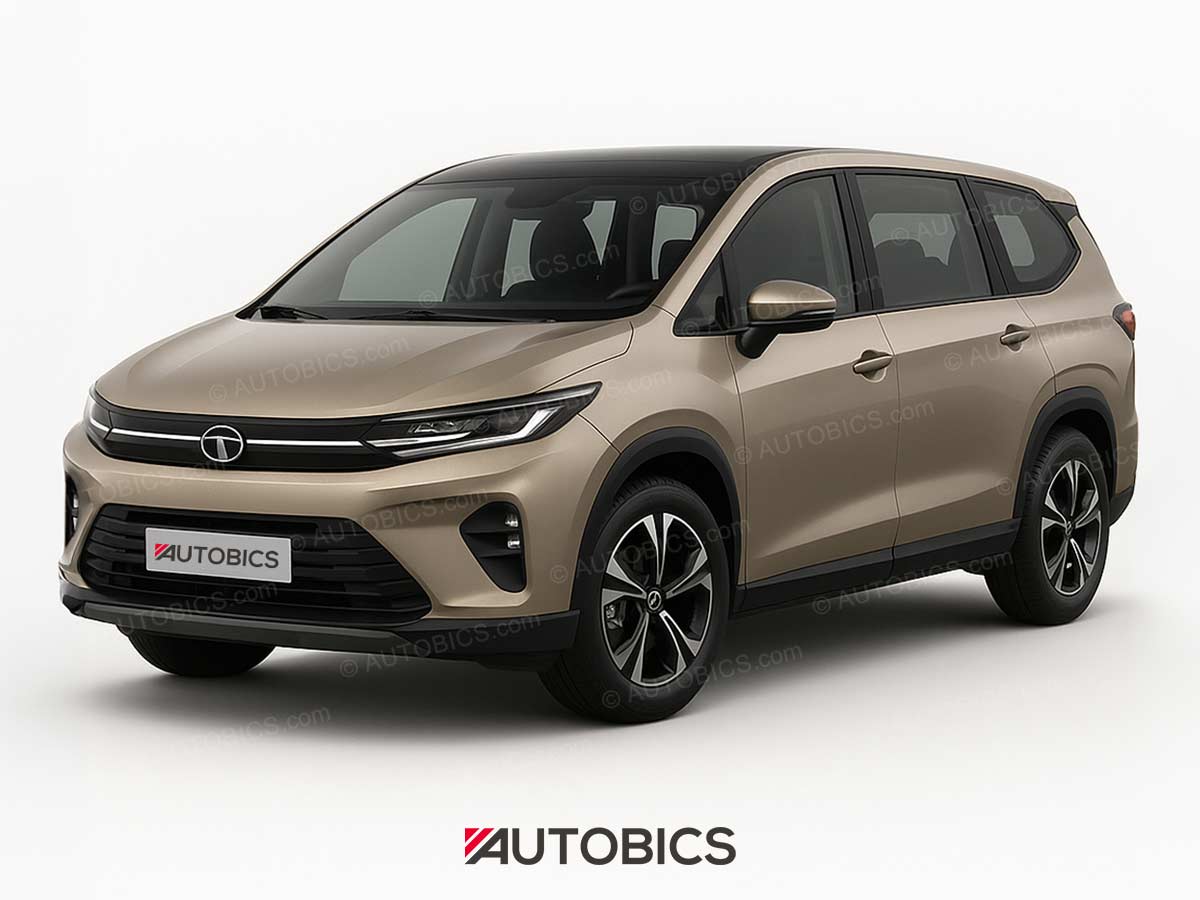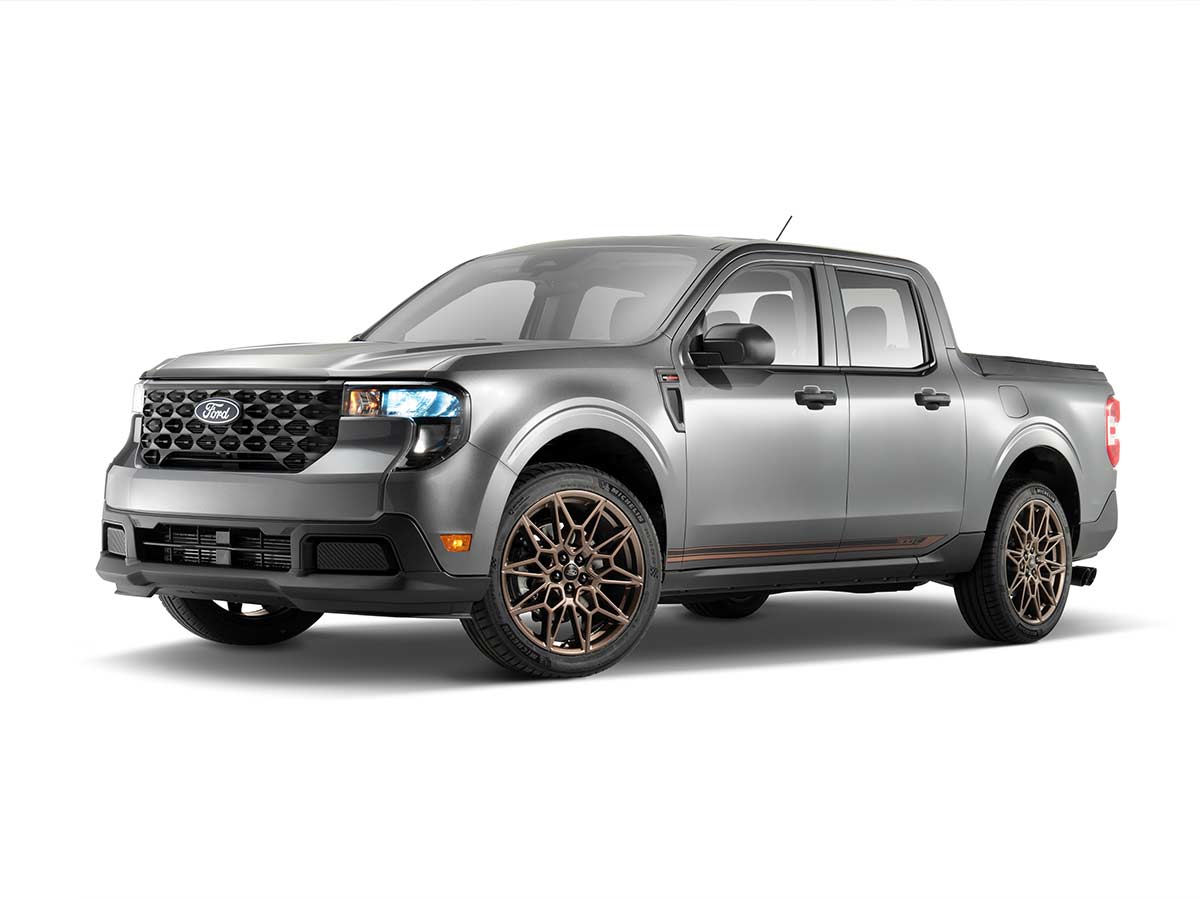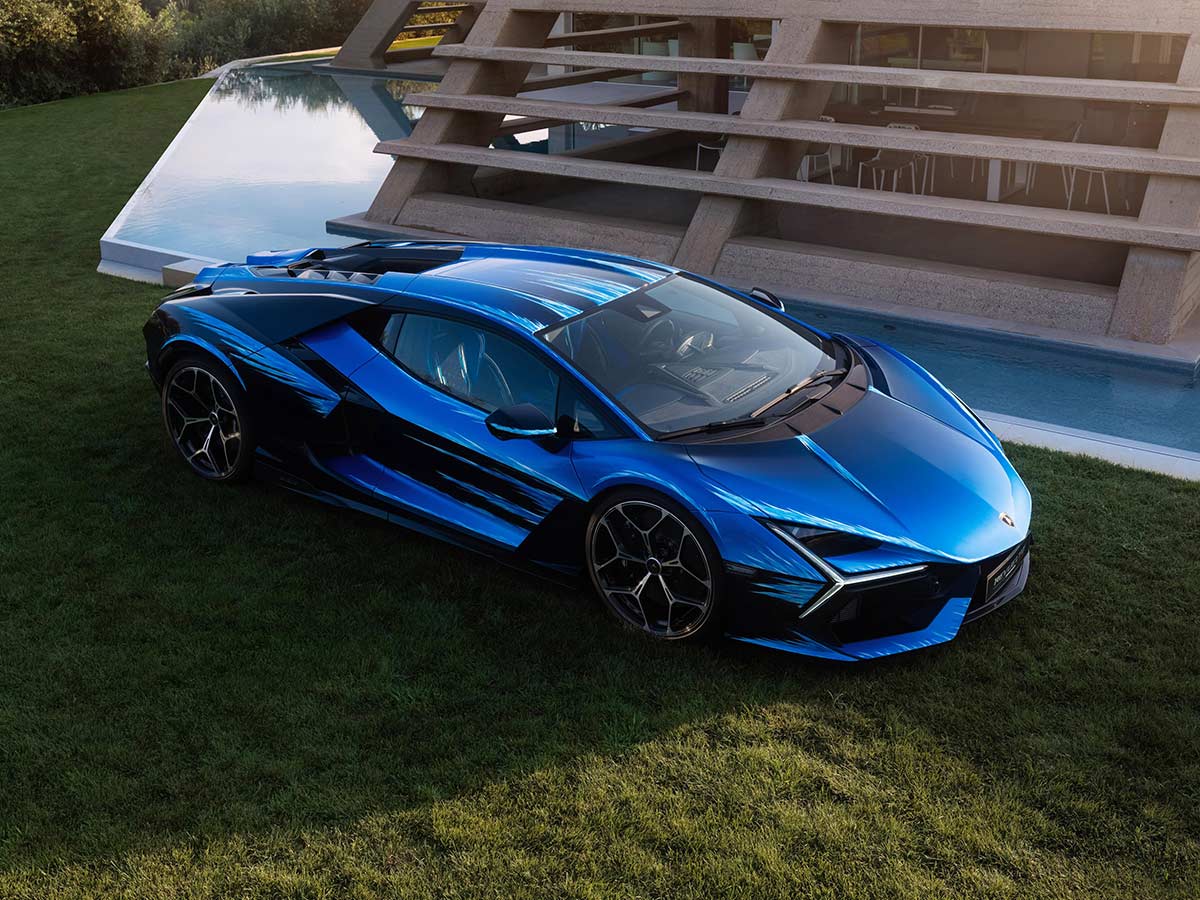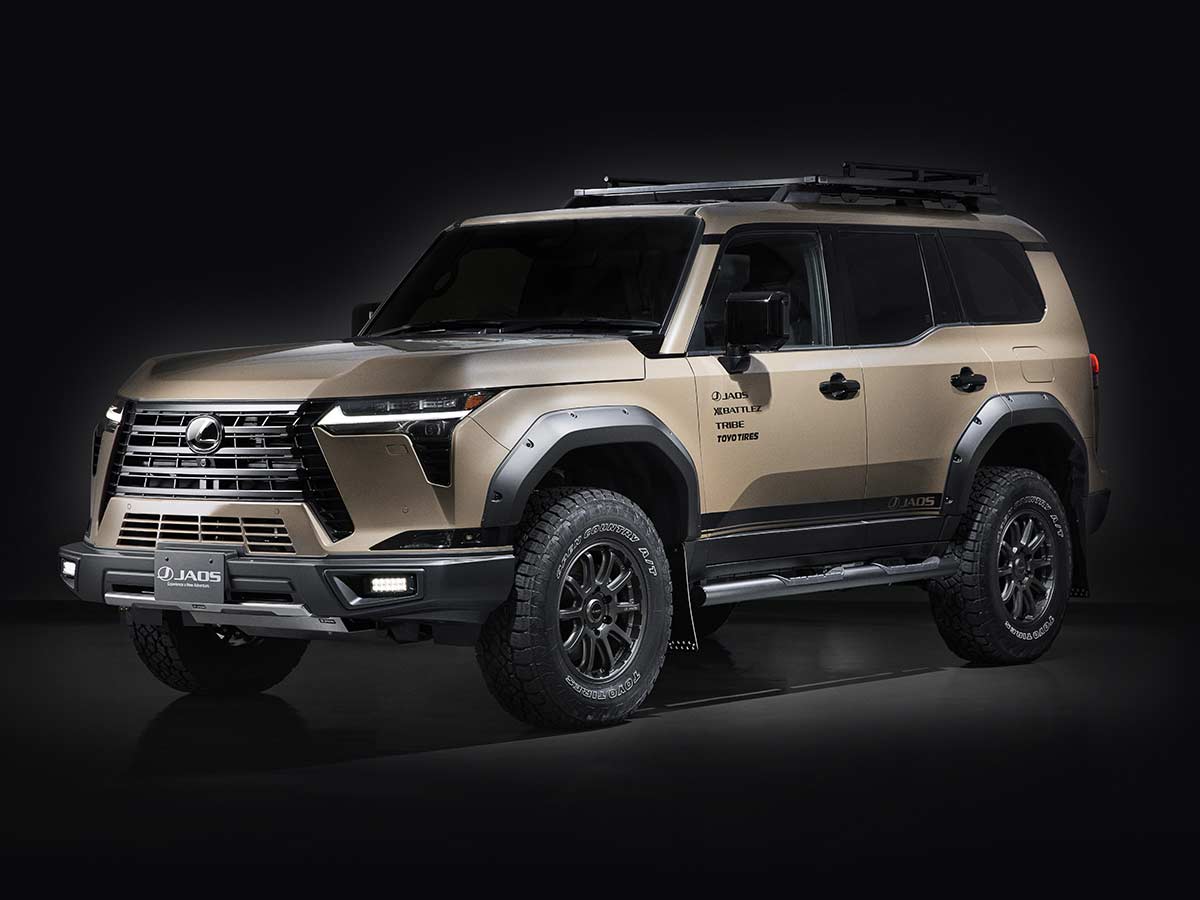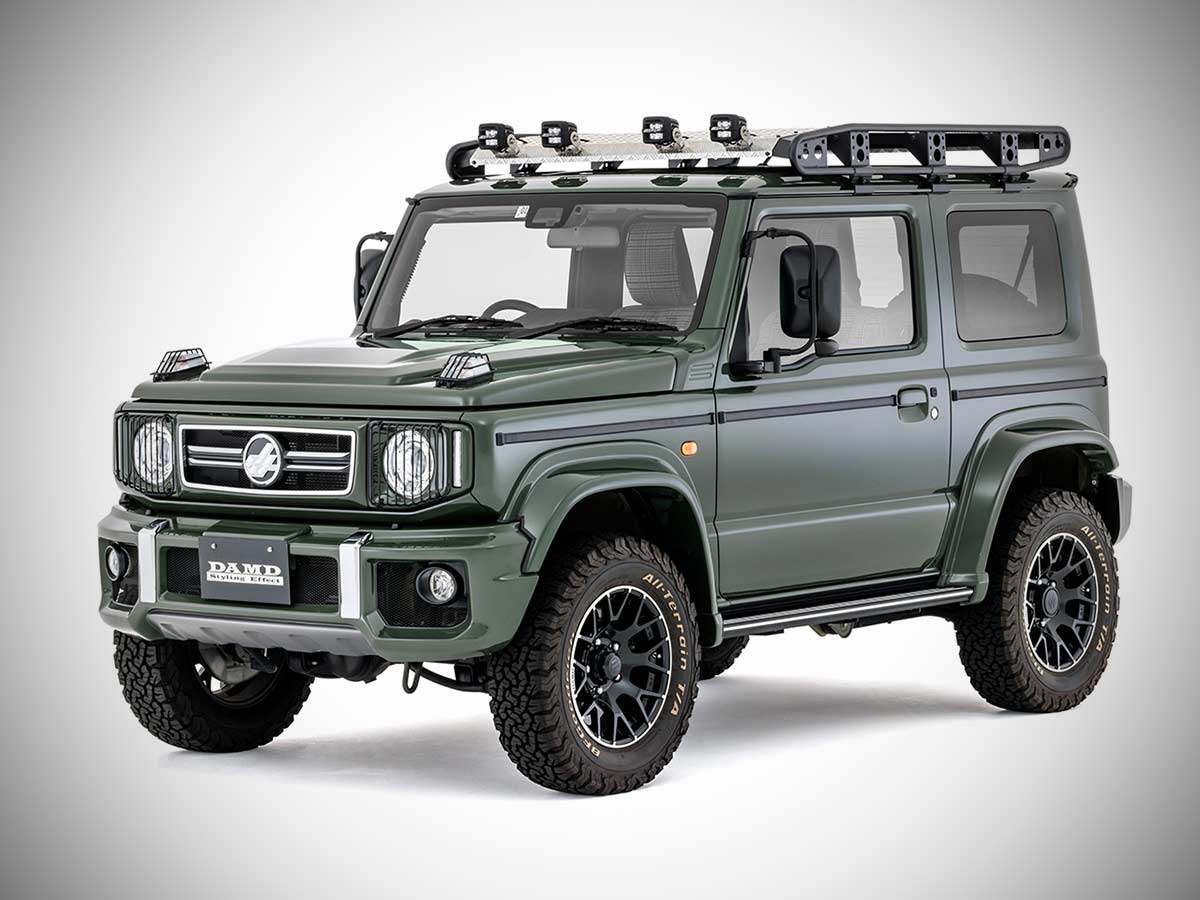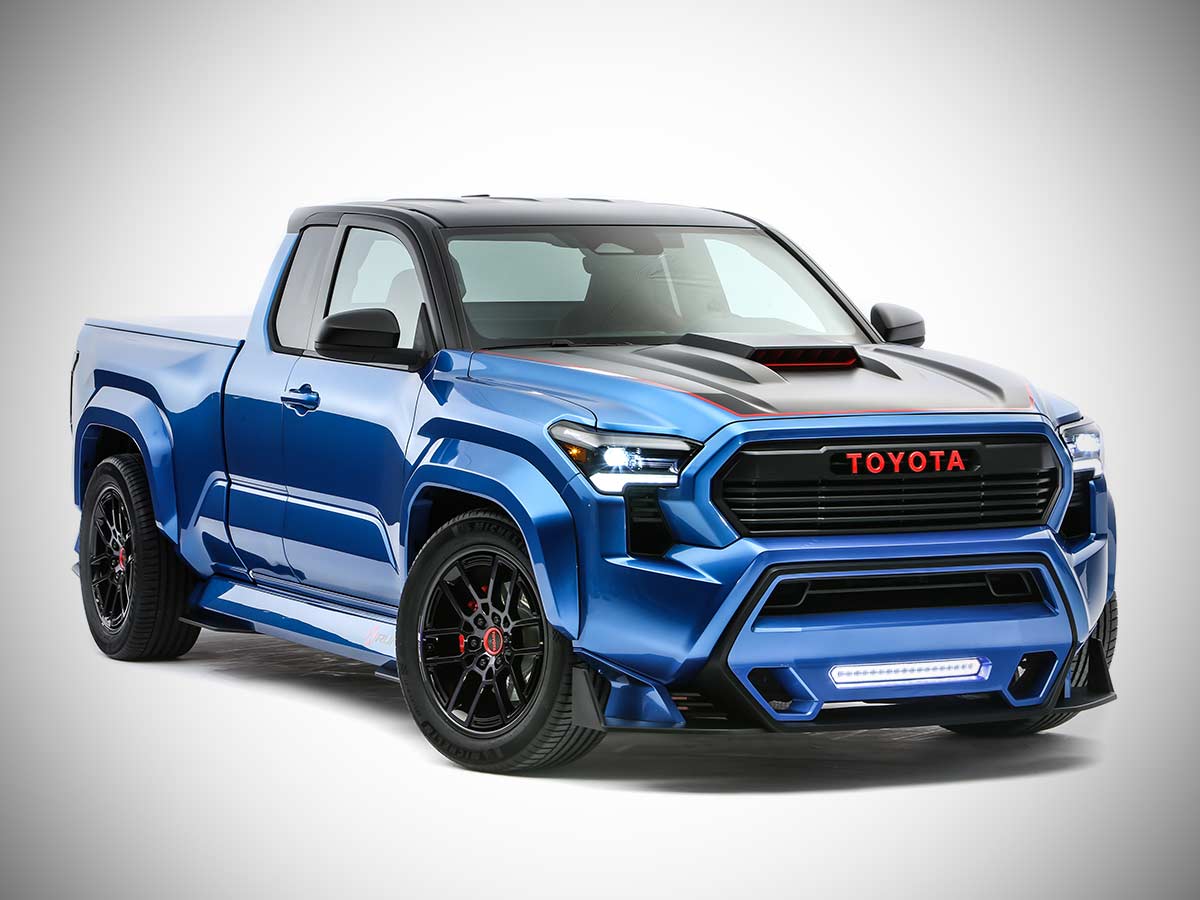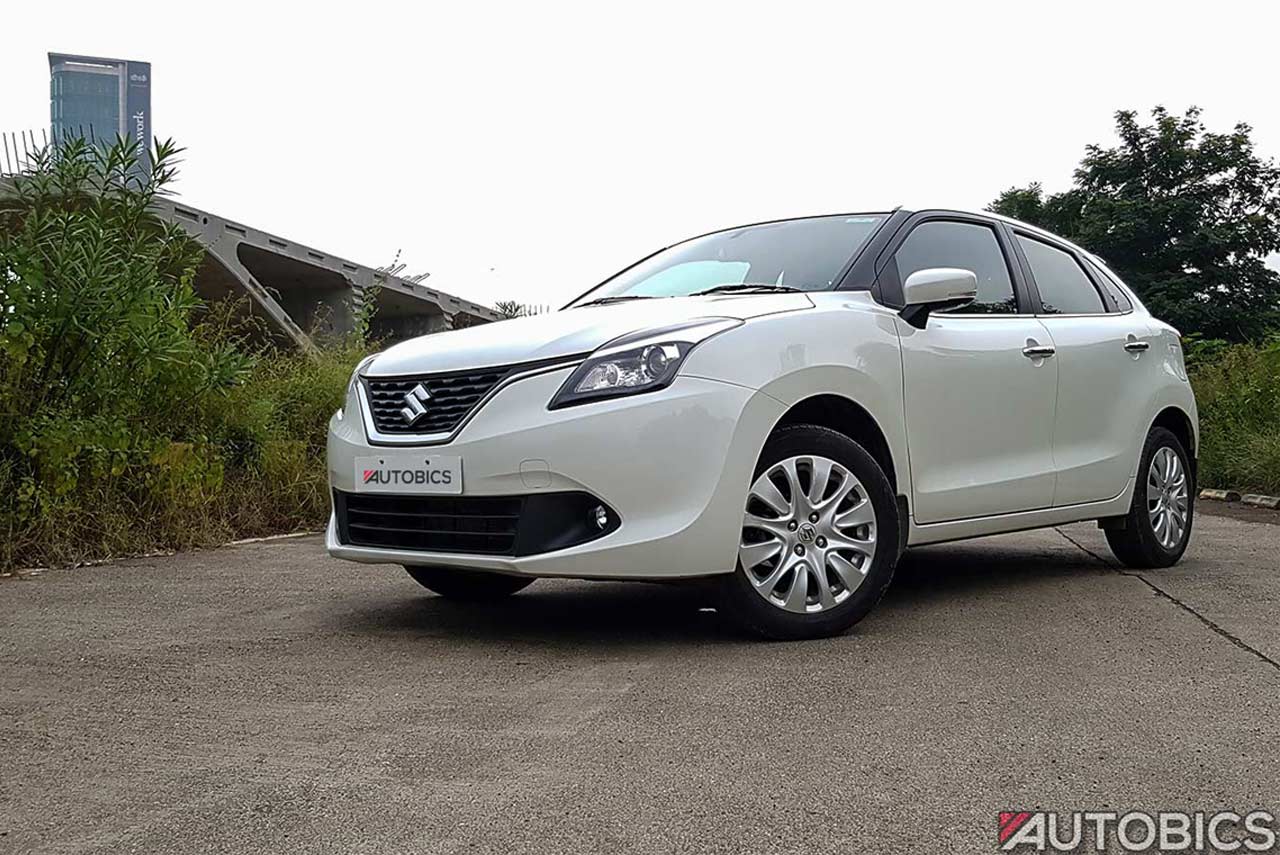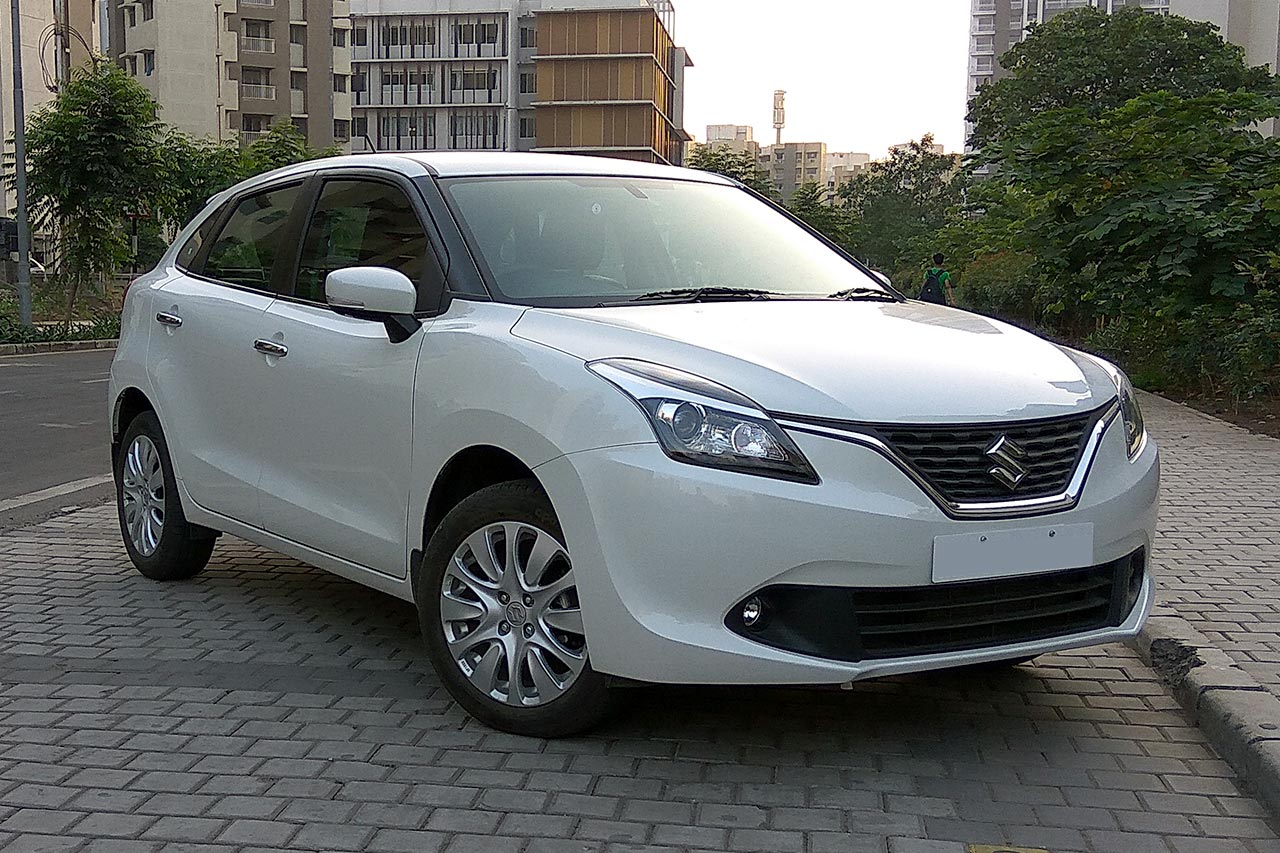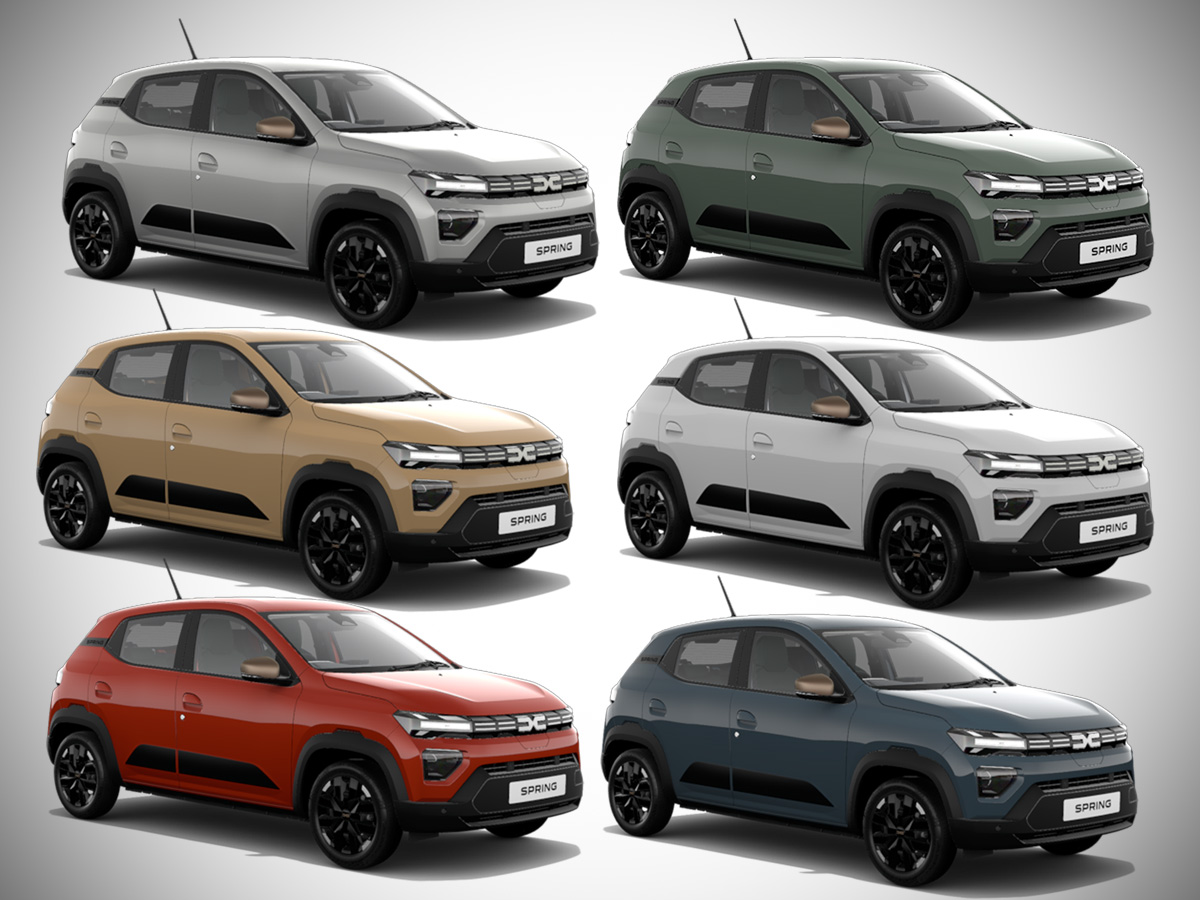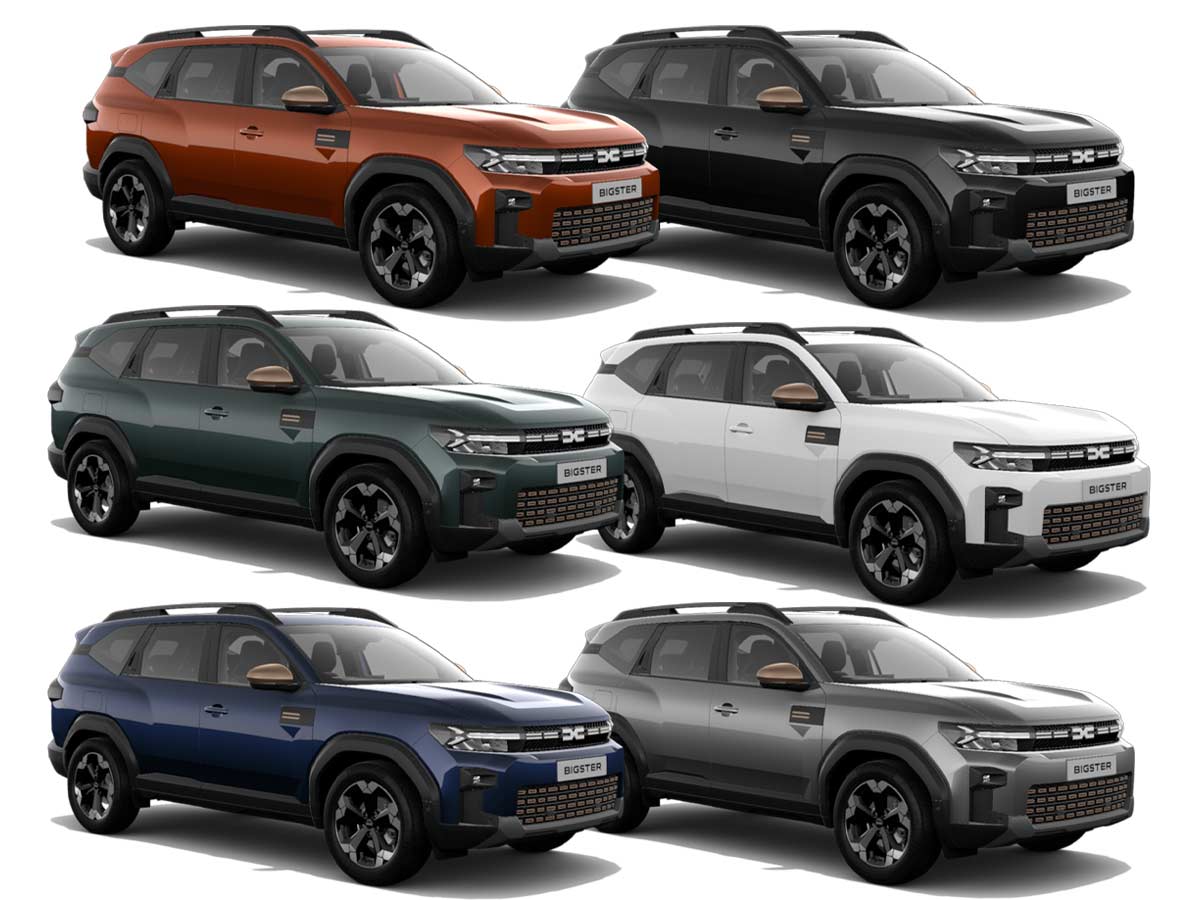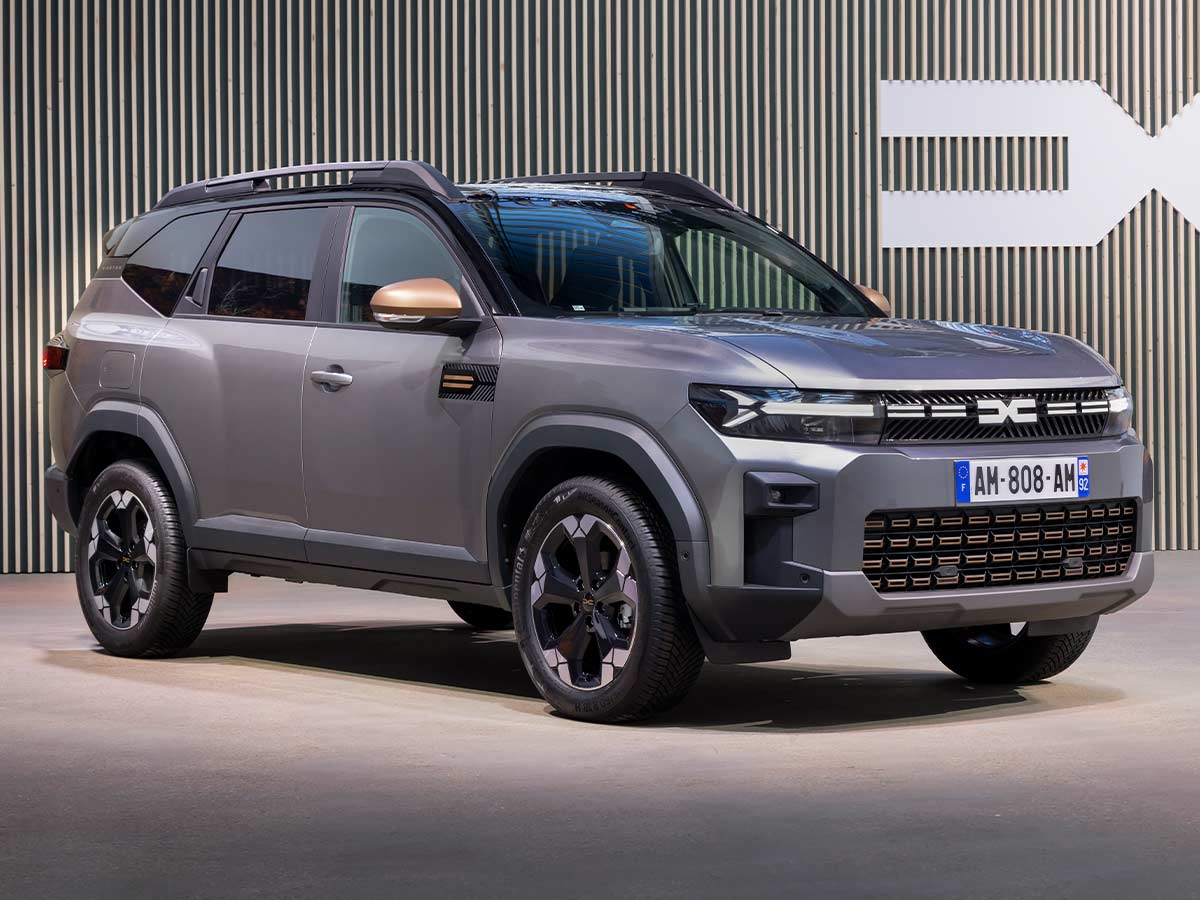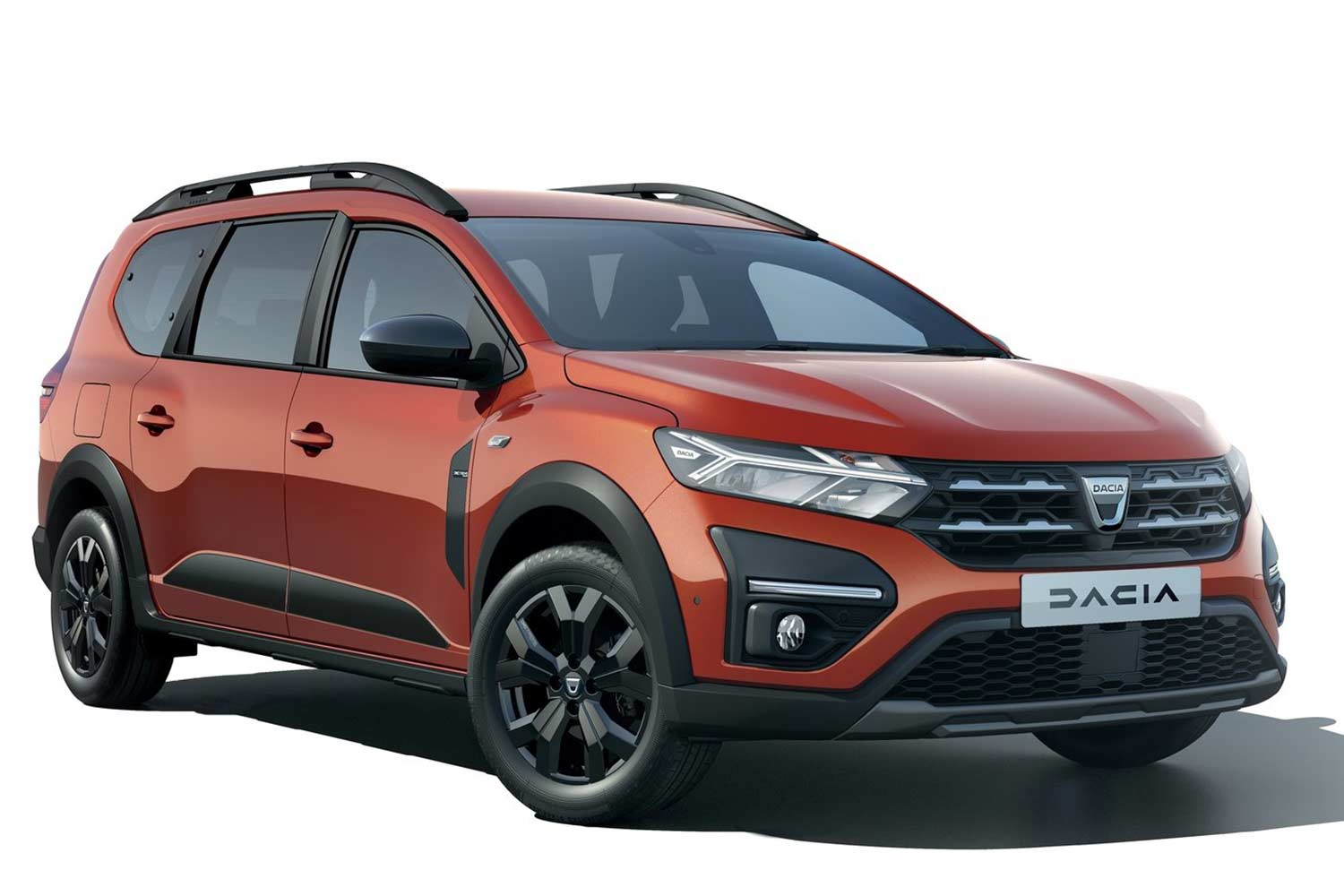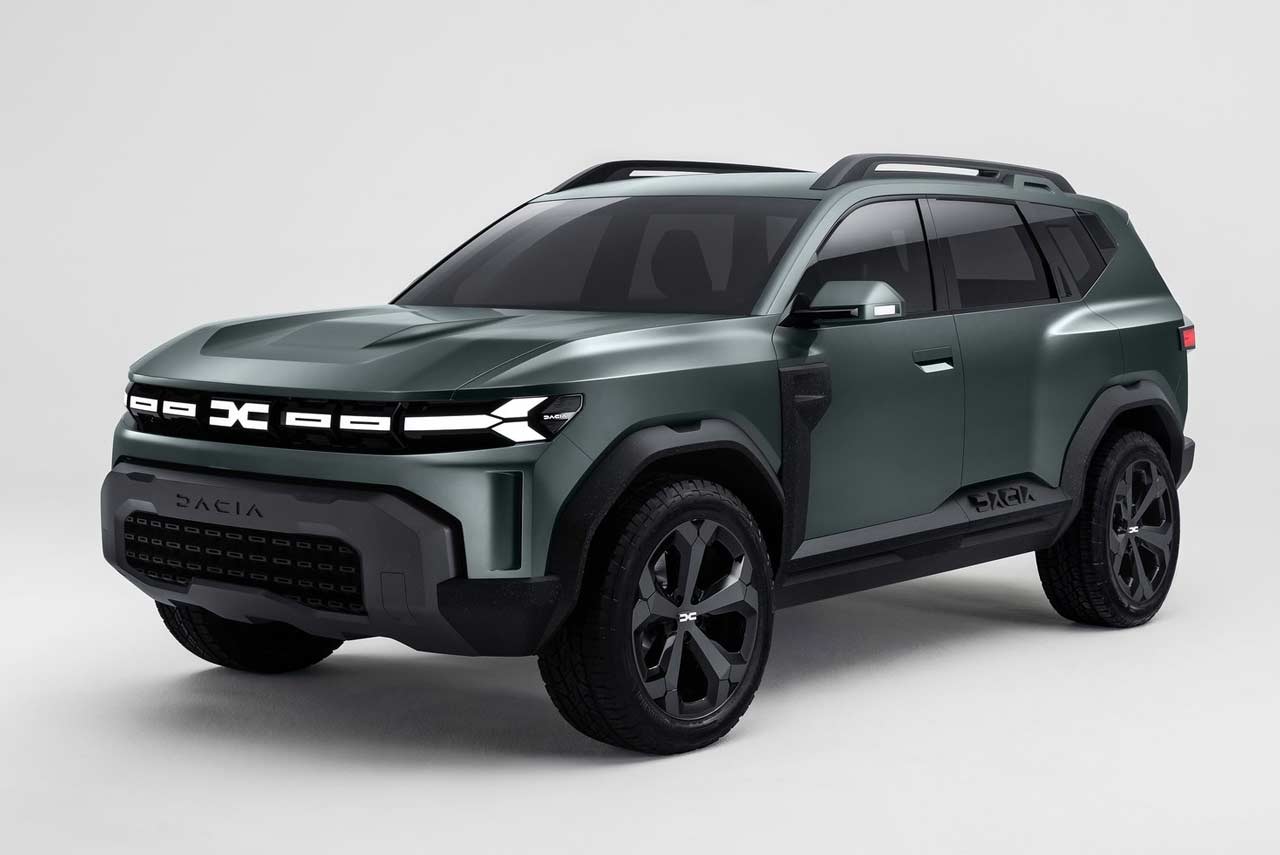In an age where cars are becoming bigger, heavier, and more expensive, one brand dares to ask a simple question – what do we really need from a car? Dacia’s answer is the Hipster Concept, a bold experiment that reimagines the electric car as something simple, practical, and above all, affordable. It’s not just another concept vehicle designed to wow at auto shows—it’s a statement about the kind of mobility the world actually needs.
>>> Great Discounts on Car & Bike Accessories <<<
A Return to Roots, with a Spark
For two decades, Dacia has built its reputation on doing more with less. From the no-nonsense Logan to the adventure-ready Duster, the Romanian-born, Renault-backed brand has never been about flash. Instead, it’s been about freedom – freedom from unnecessary features, from inflated price tags, and from the notion that a “good car” must be a luxury.
Now, as the industry rushes headlong into electrification, Dacia is starting from scratch once again. The Hipster Concept is its clean-slate answer to the electric era: an ultra-compact, ultra-essentials-only EV that promises to halve the carbon footprint of current small electric cars. Measuring just 3 meters long but offering four real seats and up to 500 liters of cargo space, this is mobility boiled down to its essence.
Romain Gauvin, Head of Advanced Design at Dacia, calls it “the most Dacia-esque project” he’s ever worked on. He compares it to the Logan revolution of 20 years ago – a car that brought affordable mobility to millions. “We wanted to invent something that doesn’t exist today,” he explains. And they have.
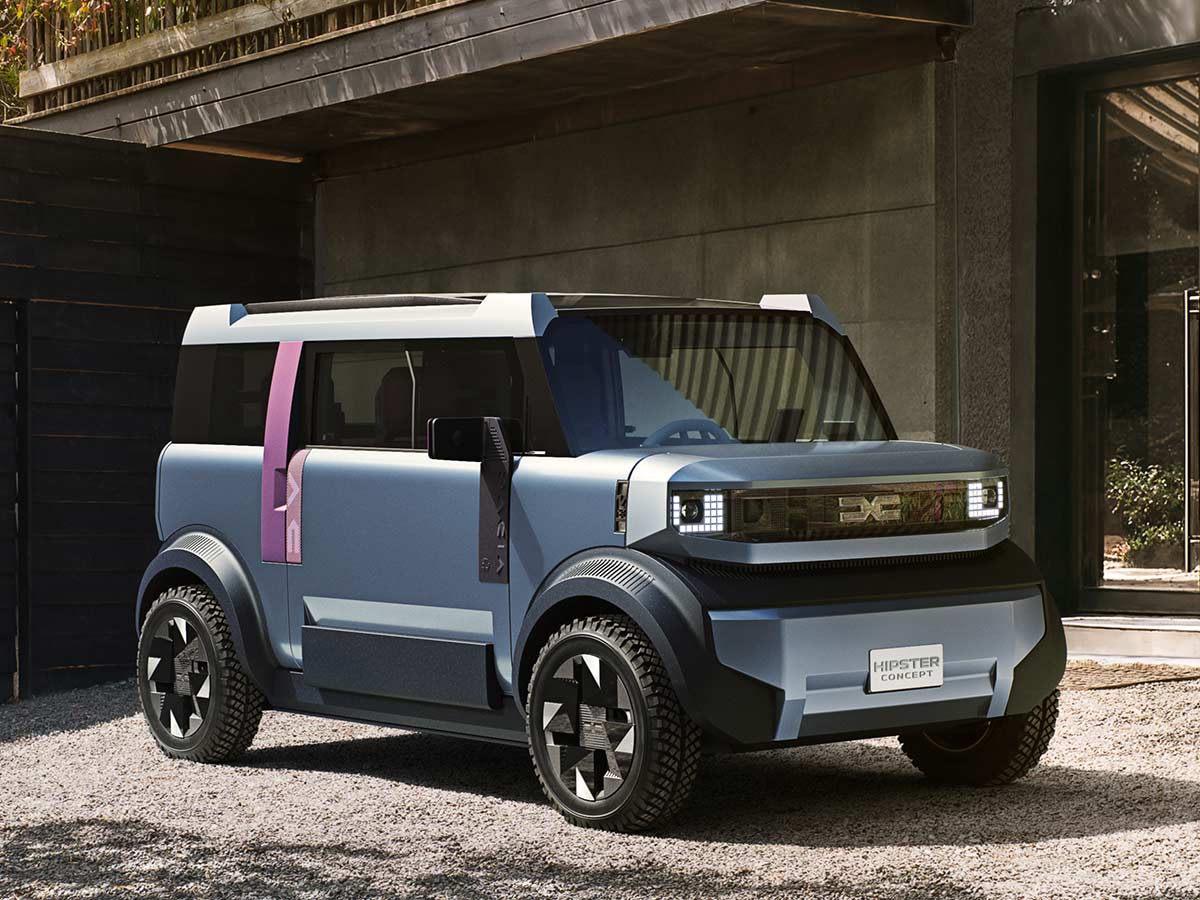
Design that Speaks Simplicity
At first glance, the Hipster Concept looks like it’s been carved from a single block. It’s square, sturdy, and planted firmly on its four corners- no overhangs, no excess. Its personality lies in its honesty. The front is flat and purposeful, with a pair of slim, horizontal headlights that manage to look friendly yet serious at the same time.
The tailgate? It spans the entire rear width and opens in two parts, making it both practical and refreshingly old-school. Even the rear lights hide behind the window glass, eliminating the need for their own housings—a small but clever cost-saving move that feels very Dacia.
And the door handles? Forget them. In true minimalist spirit, they’re replaced by fabric straps. Lighter, cheaper, and just as practical.
In an industry obsessed with chrome, color palettes, and complex design language, Dacia’s decision to use a single body color and just three painted parts feels rebellious. Most of the body is protected by tough Starkle panels – a material made partly from recycled components – dyed in the mass so scratches and scuffs barely show. It’s the kind of functional toughness you’d expect from hiking gear, not a city car.
Small on the Outside, Big on the Inside
Step inside, and the Hipster Concept continues its mission of essentialism with ingenuity. Despite its tiny footprint, the car feels airy and roomy thanks to upright windows, a vertical windscreen, and a glass section on the roof that floods the cabin with light.
The seating layout is refreshingly simple. Up front, the driver and passenger share a bench seat—yes, an actual bench, merging comfort with retro charm. The seat frames are exposed, the fabric is technical mesh, and the headrests are open to save weight. It’s minimalist design meeting warm practicality.
Four adults can travel comfortably, and when you need to haul stuff, the boot expands from 70 to 500 liters just by folding the rear seats. That’s small-car wizardry right there.
Dacia has also thought about customization, introducing its clever “YouClip” system – a set of 11 anchor points scattered throughout the cabin where drivers can attach modular accessories like cup holders, speakers, lights, or armrests. It’s a fun, build-your-own-adventure approach to car interiors that feels more like LEGO than luxury trim levels.
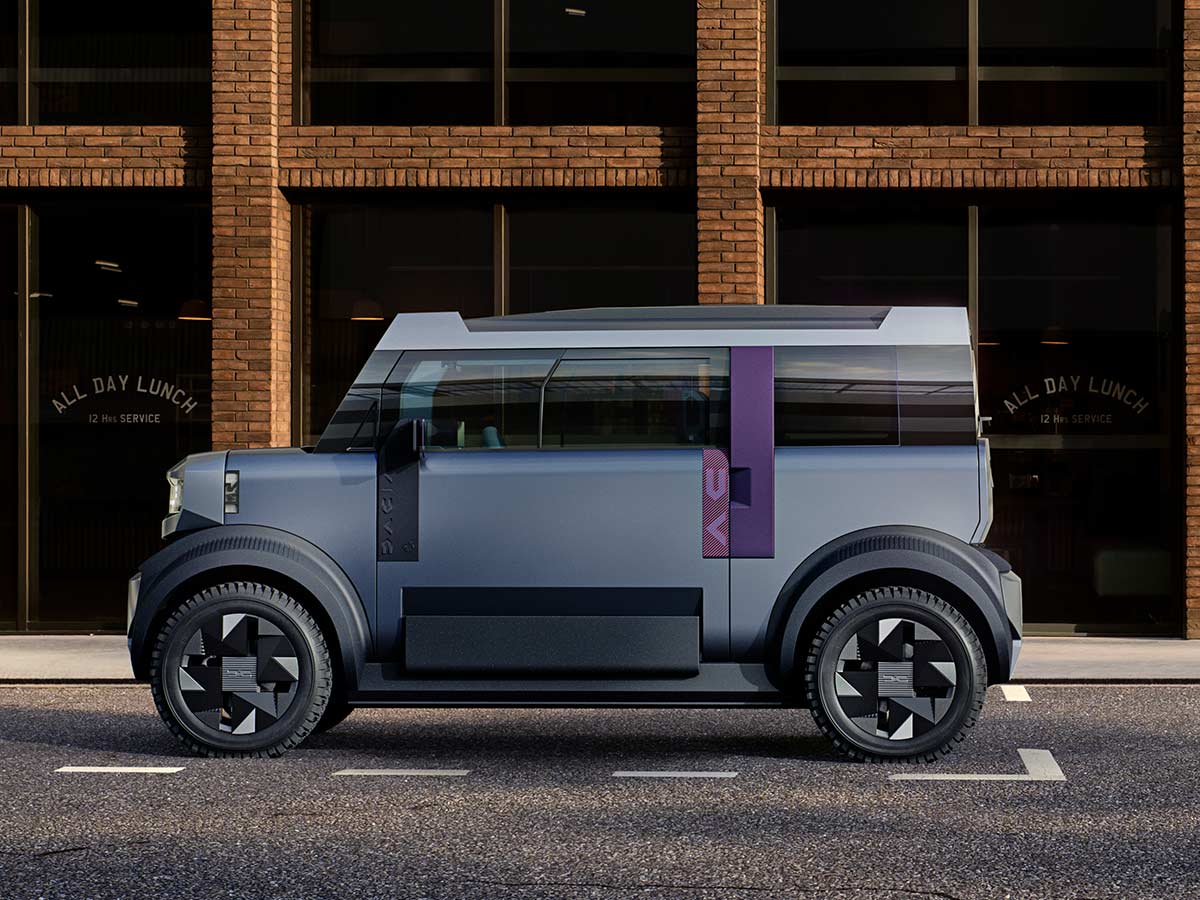
Tech that Makes Sense
Dacia has always followed a “BYOD” (Bring Your Own Device) philosophy for in-car tech, and the Hipster Concept takes this idea to its logical conclusion. There’s no massive screen or infotainment maze here. Your smartphone is the brains of the operation – it docks into a special holder, connects via Bluetooth, and becomes everything from your navigation system to your stereo. Even the car key is digital, managed through your phone.
A detachable Bluetooth speaker handles audio duties and doubles as a portable sound system for picnics or impromptu adventures. It’s delightfully simple and entirely in line with Dacia’s promise of offering only what you need.
Lightness as a Philosophy
Weight is the enemy of efficiency, and Dacia has declared war on it. The Hipster Concept is 20% lighter than the already featherweight Dacia Spring, and this reduction translates directly into lower material use, lower production energy, and lower driving energy consumption. The brand’s engineers aim to cut the total carbon footprint over the car’s life cycle by half compared to today’s best compact EVs.
Range anxiety? Not here. Dacia knows that in countries like France, 94% of motorists travel less than 40 kilometers per day. The Hipster Concept’s range is tuned precisely to that lifestyle, needing just two charges per week. It’s practical electrification, not the numbers race we’ve grown used to.
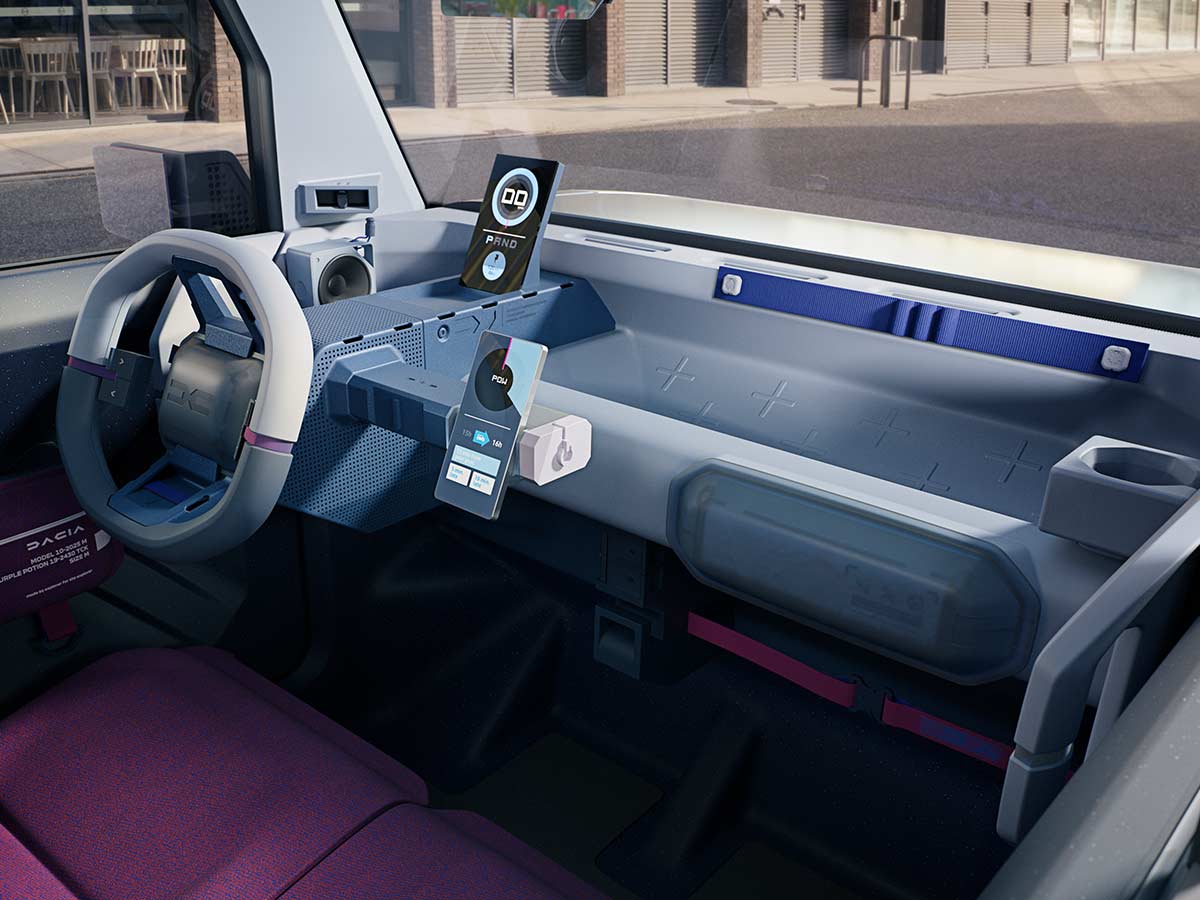
Why It Matters
Between 2010 and 2024, the average price of a new car in Europe jumped by 77%, leaving millions priced out of the market. Electric cars, while promising a cleaner future, have often made that gap worse. Dacia’s Hipster Concept challenges that reality head-on. It’s not trying to be the fastest or the smartest—it’s trying to be the car that lets everyone join the electric revolution.
It’s a people’s car for a new generation—built with honesty, designed with empathy, and imagined for real life rather than marketing brochures.
Dacia has always stood apart from the industry’s mainstream, but the Hipster Concept might just push it into a league of its own. It’s proof that innovation doesn’t always mean adding more – it can mean daring to do less, but better.
